«Vedi Napoli e poi muori!» is an Italian quote that translates to “See Naples and then die”.
Although it is not known exactly when and how the phrase originated, it is believed to have been coined when the Kingdom of the Two Sicilies (of which Naples was the capital ) was in its golden age, i.e. during the reign of the Bourbons. Naples was quite an important city and it was said that nothing compares to its beauty, so you can die after seeing it.
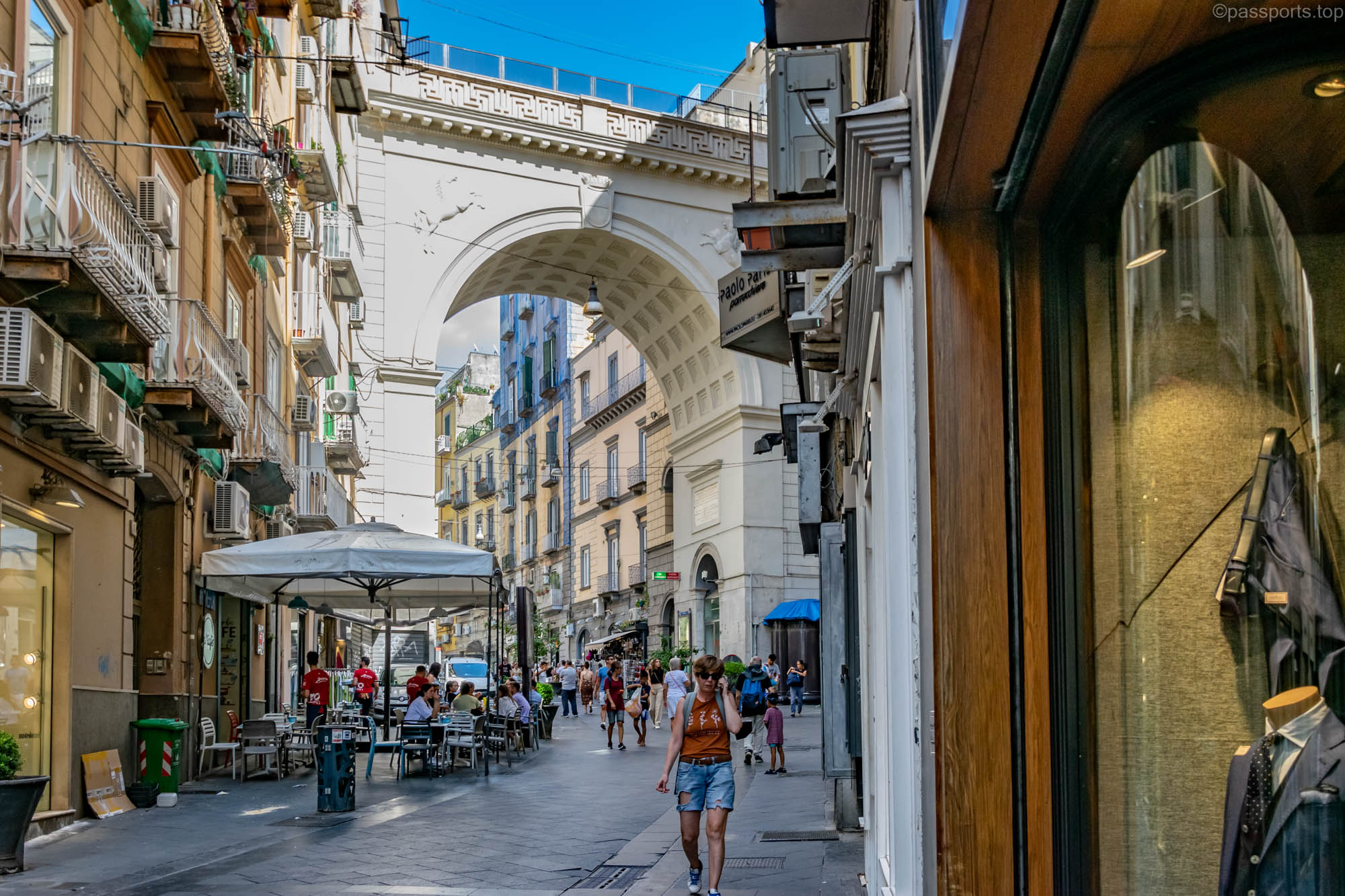
Naples is the third largest city in Italy, after Rome and Milan. It is located on the west coast of Italy, facing the Tyrrhenian Sea (part of the Mediterranean Sea) and one of the most important ports of the country.
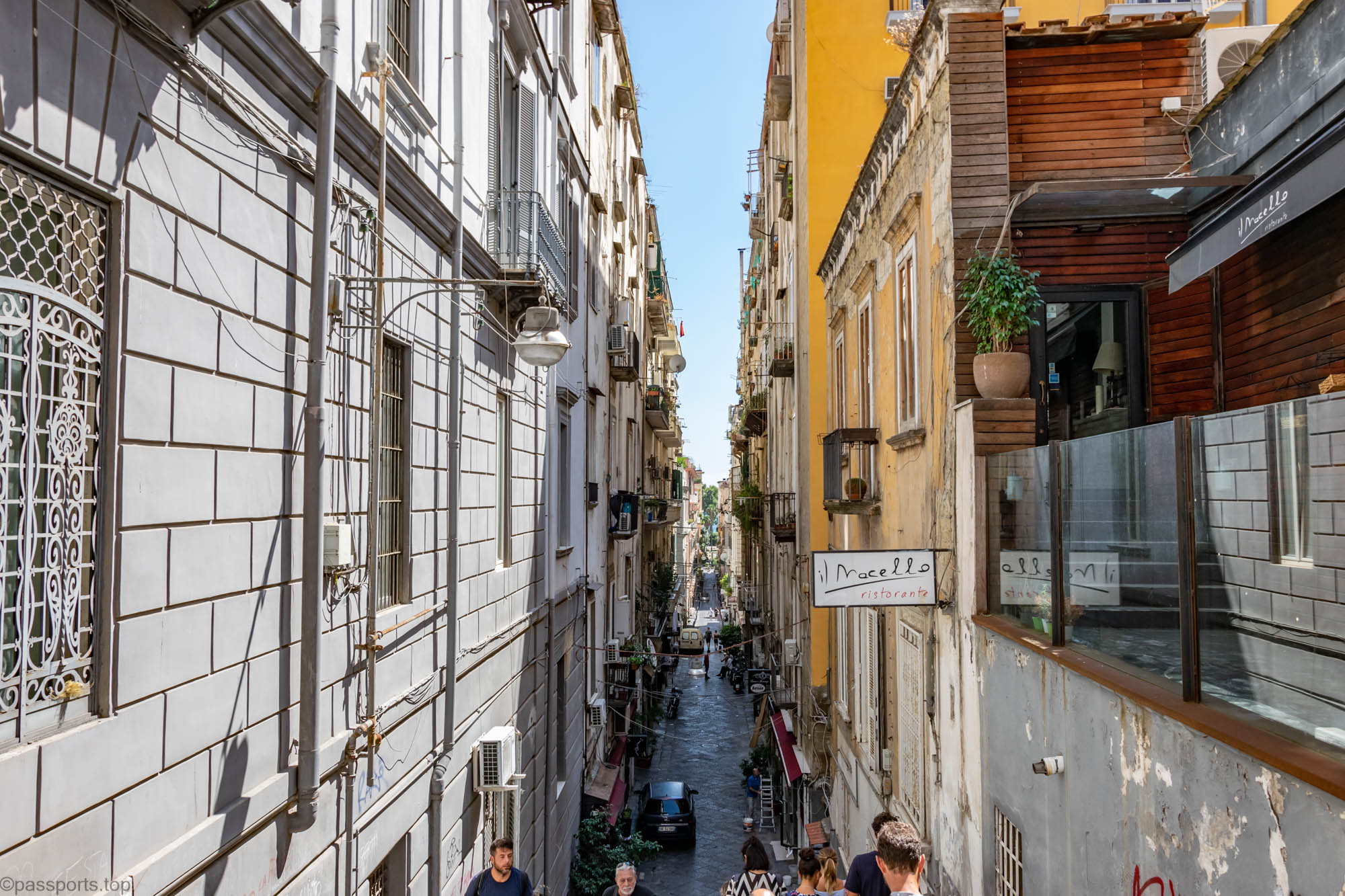
From Rome we went by train to Naples. The trip took around 1 hour and cost €40/2 people.
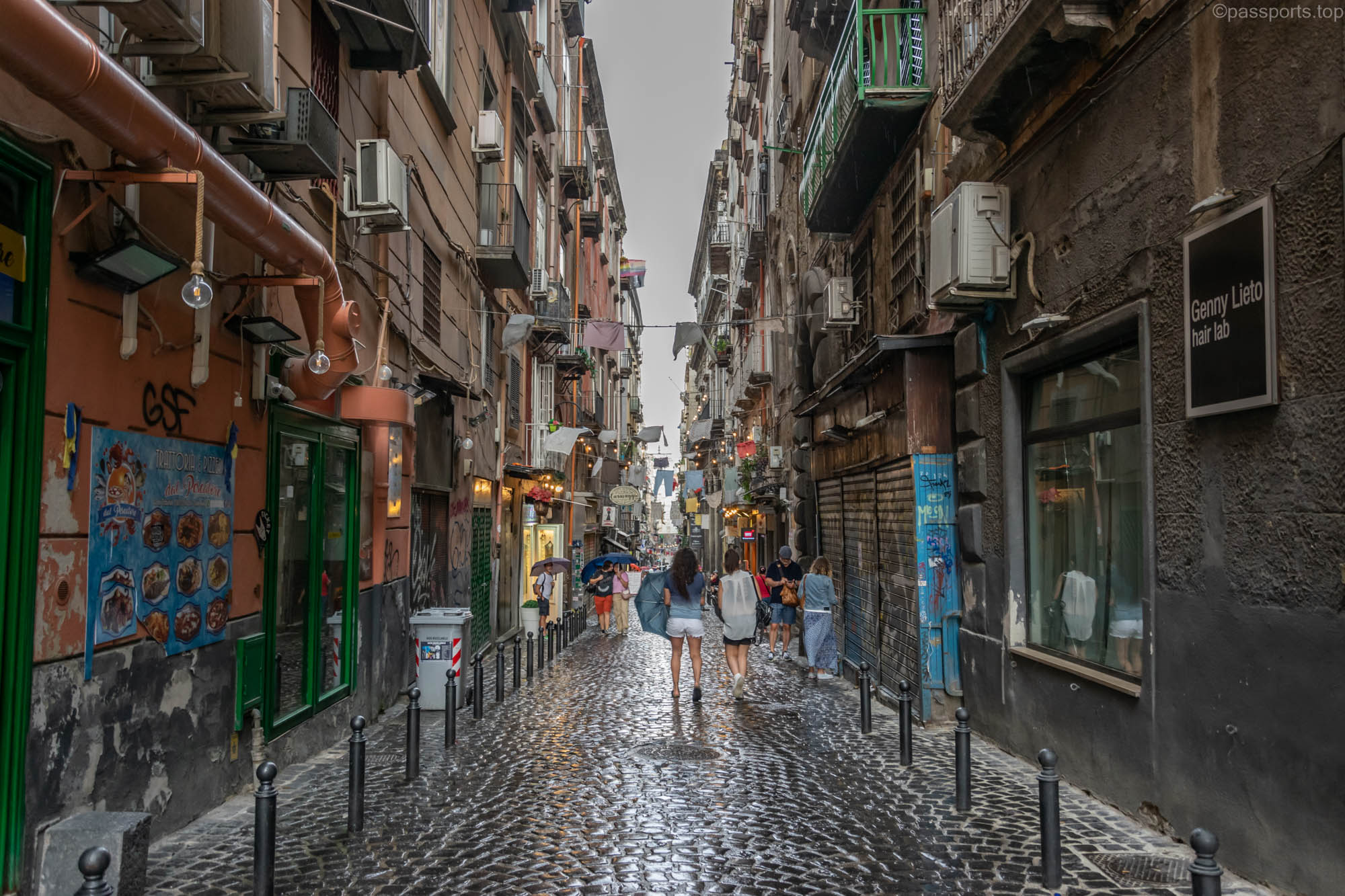
We stayed here for 2 days, but unfortunately on the first day it rained heavily and we couldn’t visit much.
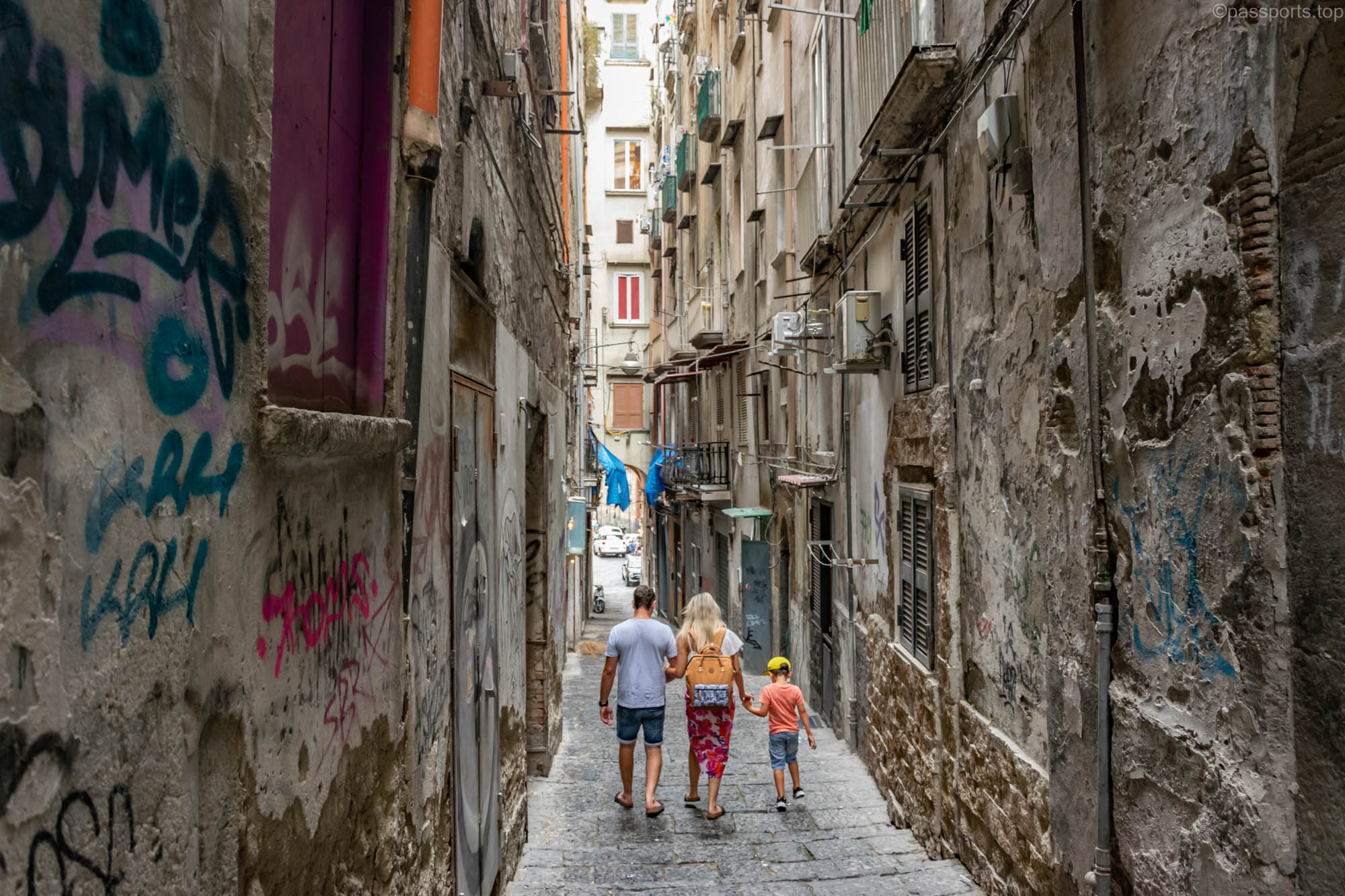
Everyone has heard of the stories and movies about Italian mafia, but Naples is a safe city for tourists if you follow a few rules.
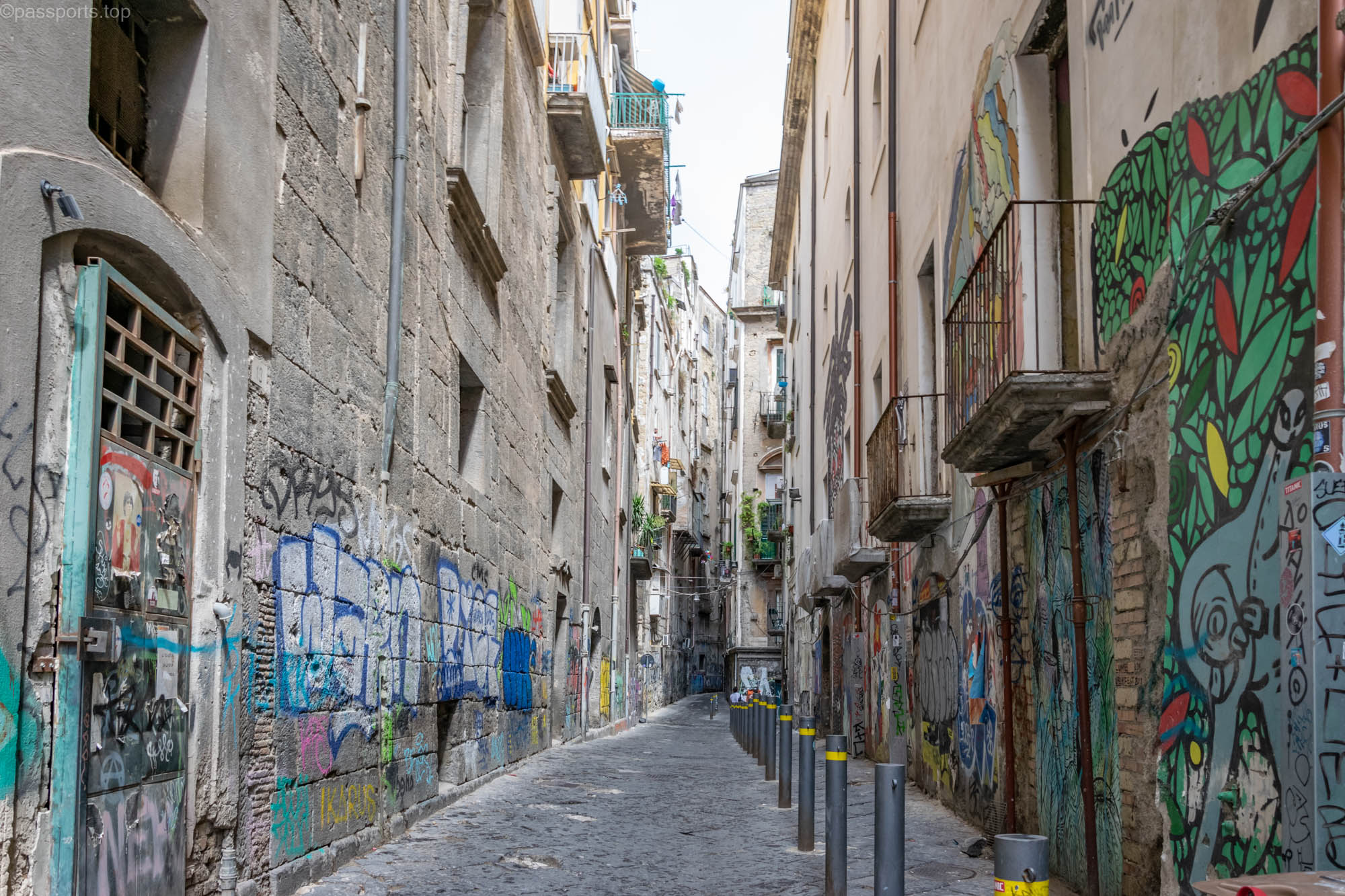
Before we got there I read some blogs that said you need to take precautions, for example don’t go out at night, especially if you’re alone and don’t have cameras or objects and jewelry that attract attention. In addition, avoid neighborhoods on the outskirts of the city, such as Scampia and Secondigliano.
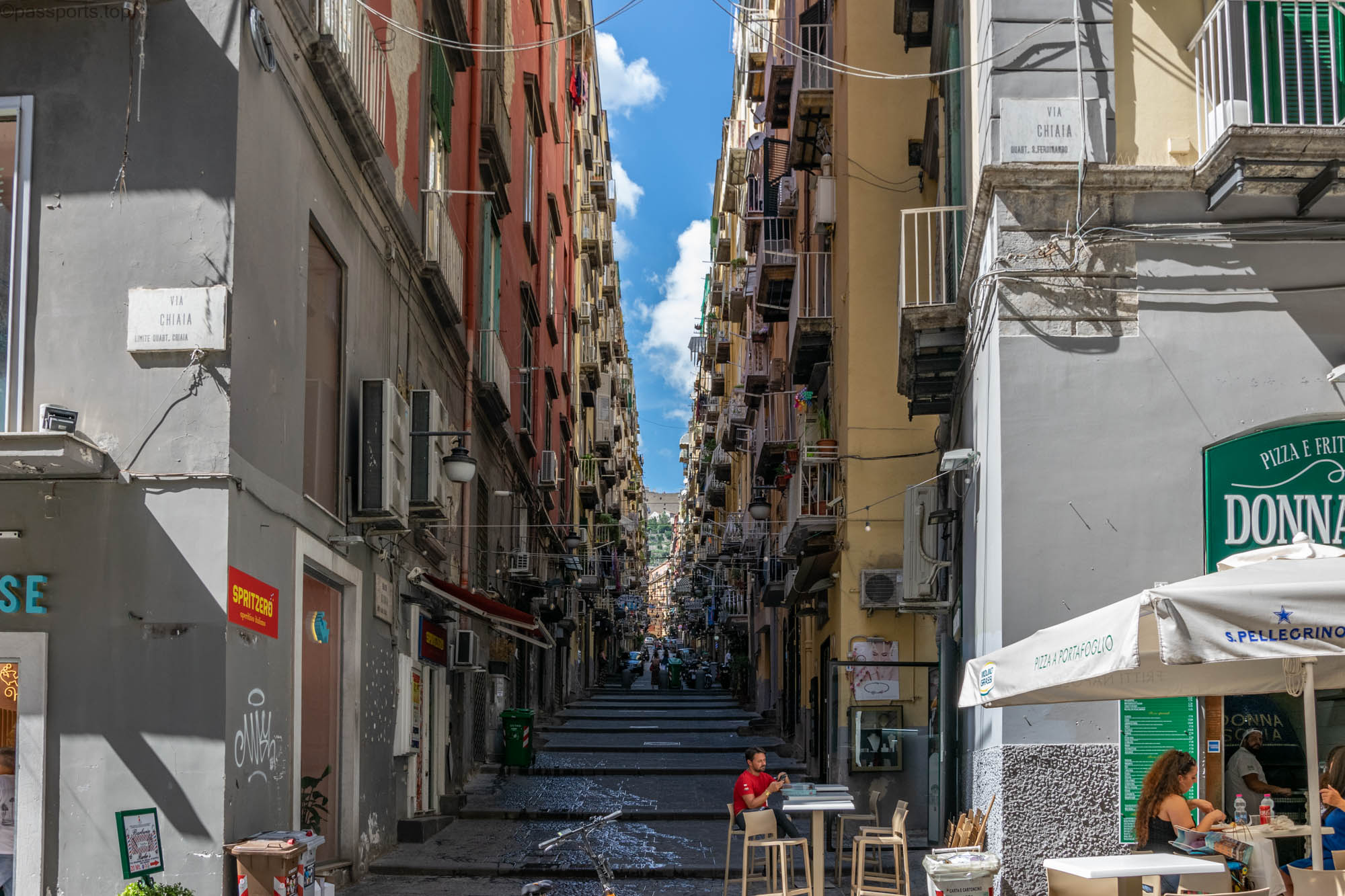
We tried to follow these rules and although we had a rather bulky camera and a video camera, we did not feel any danger. You have to watch out for pickpockets, especially in places with a lot of tourists, for example in Quartieri Spagnoli, but this rule applies in all crowded cities.
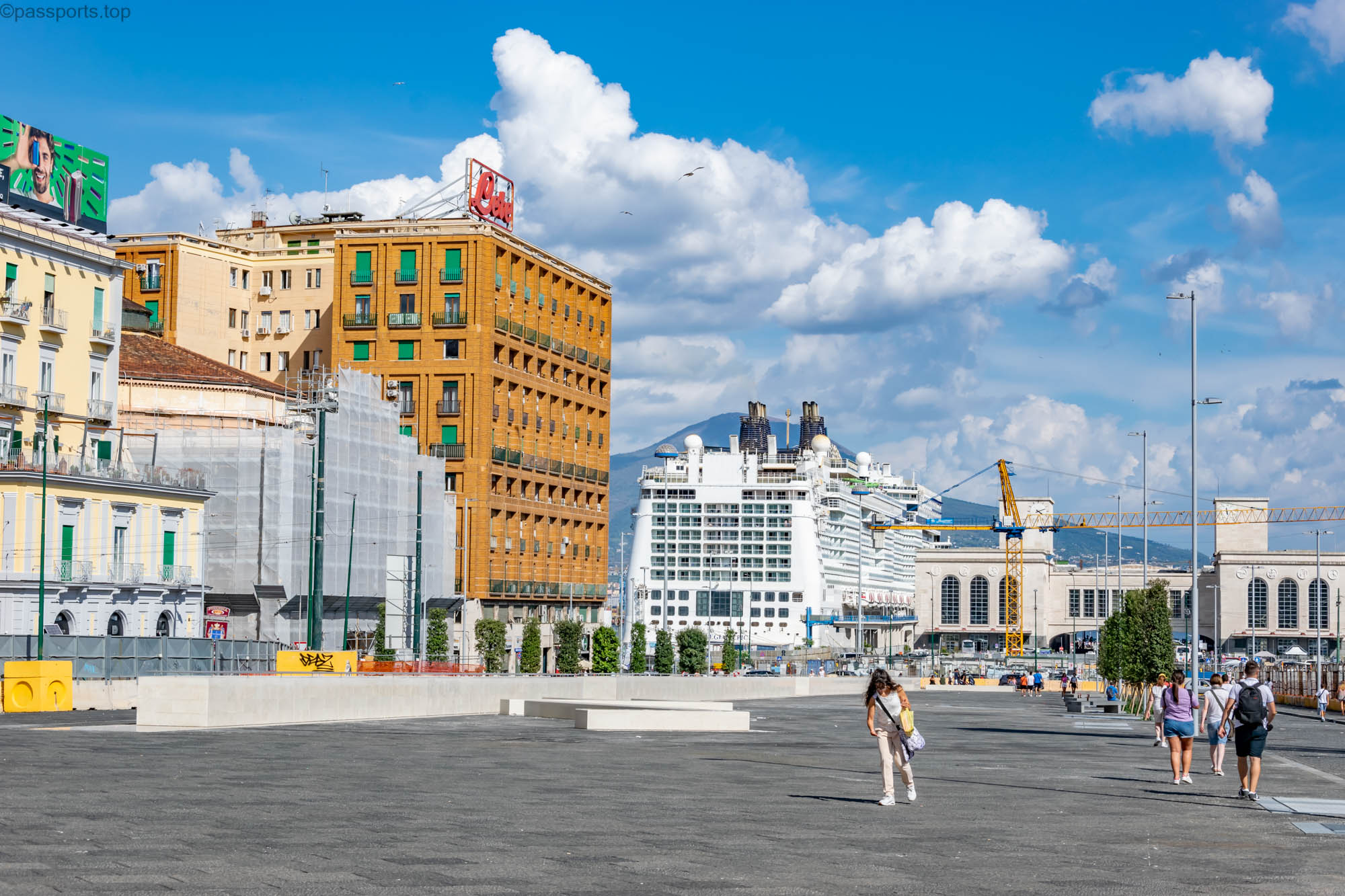
Naples is a special city, with beautiful places, but it also has some disadvantages that you should expect. First of all the mess on the streets. It’s not like I haven’t seen dirty cities or places before, but Naples is pretty bad. Blocks and houses are dilapidated, many street people are dubious and rowdy, fighting, and the traffic is a real mess.
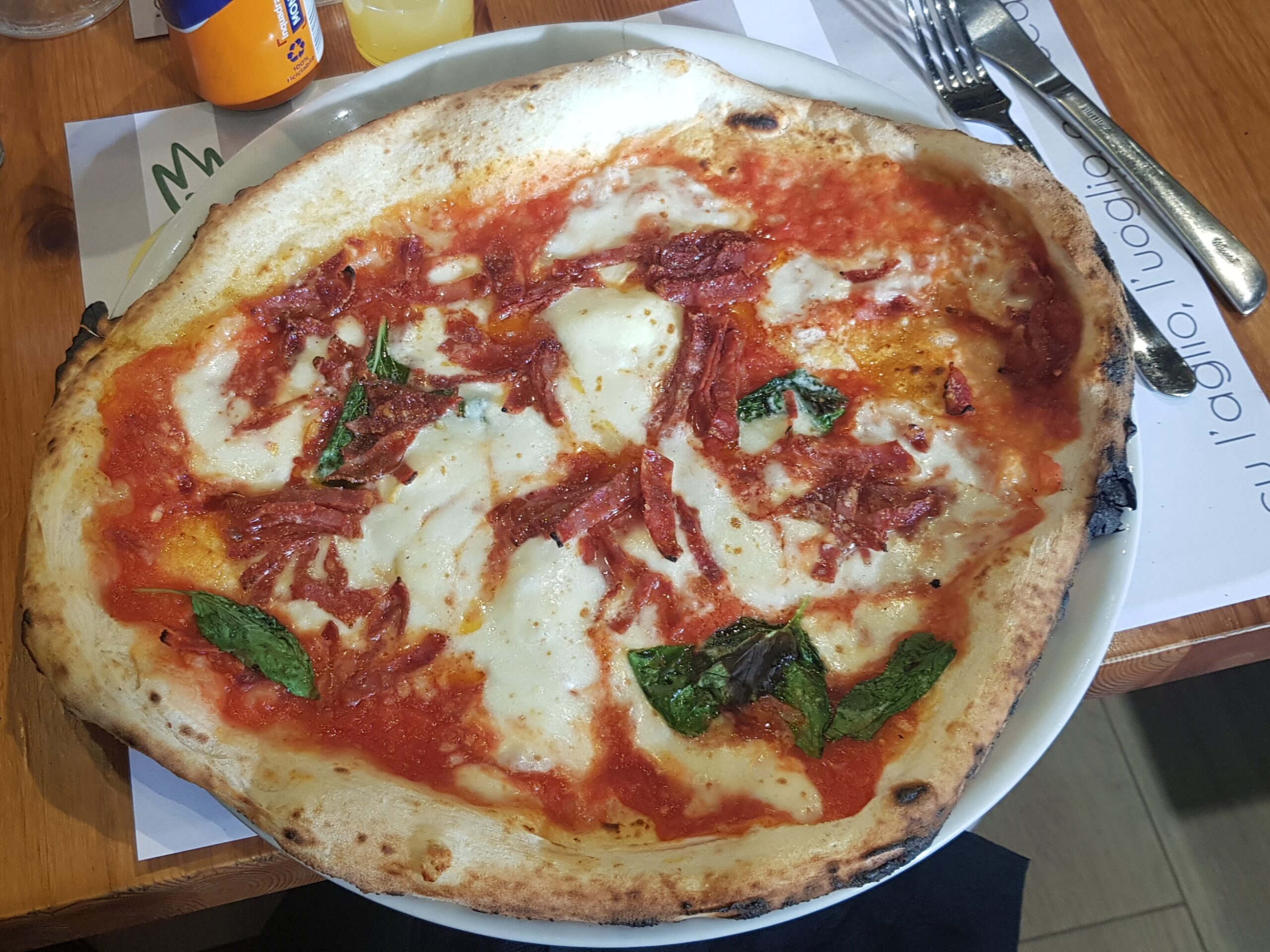
If you can get past these flaws, you’ll discover an interesting city full of history and the place to eat the best pizza in Italy.
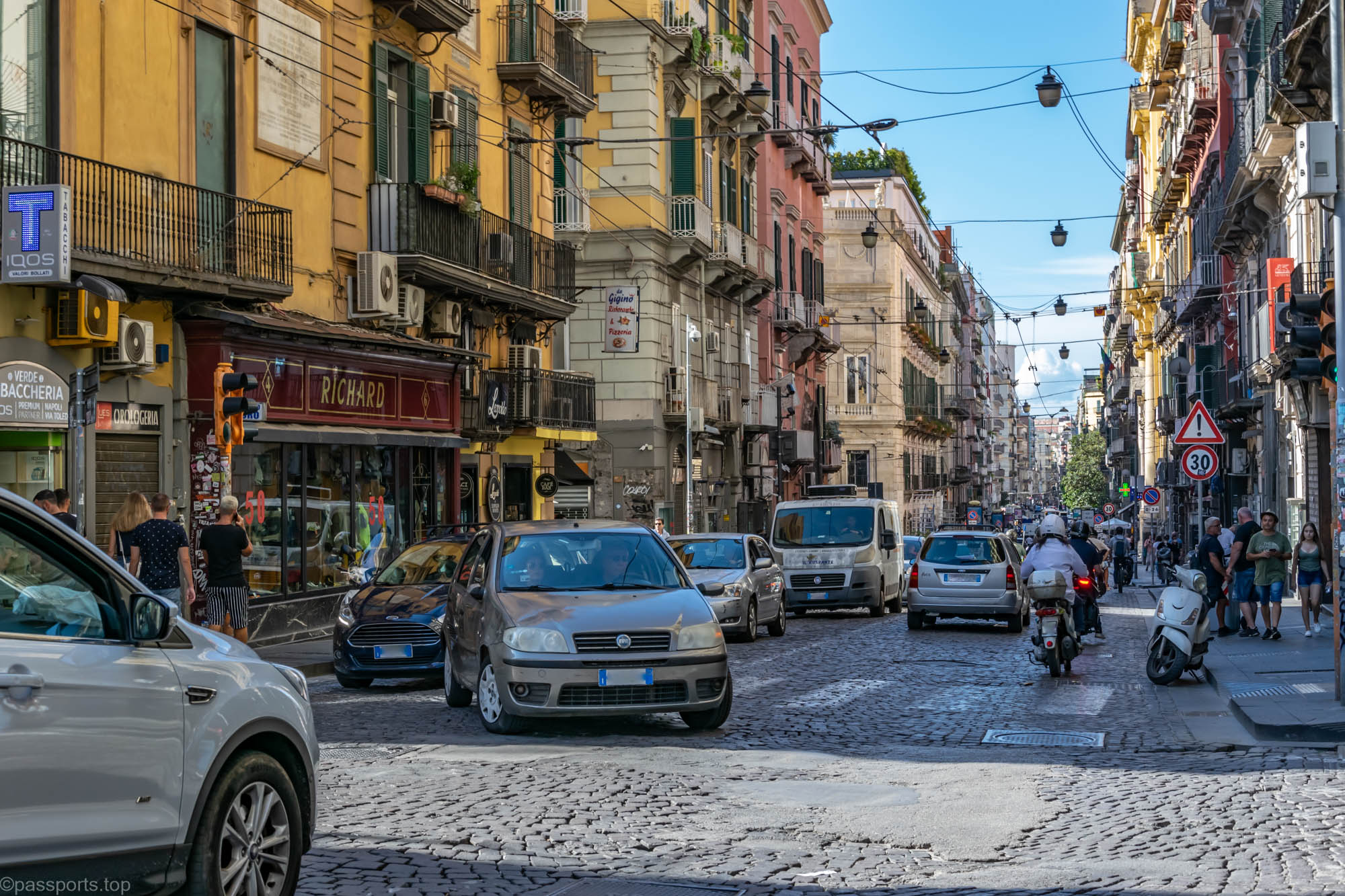
As for accommodation, I recommend you choose something central so that you are not dependent on transport.
Tourist attractions in Naples
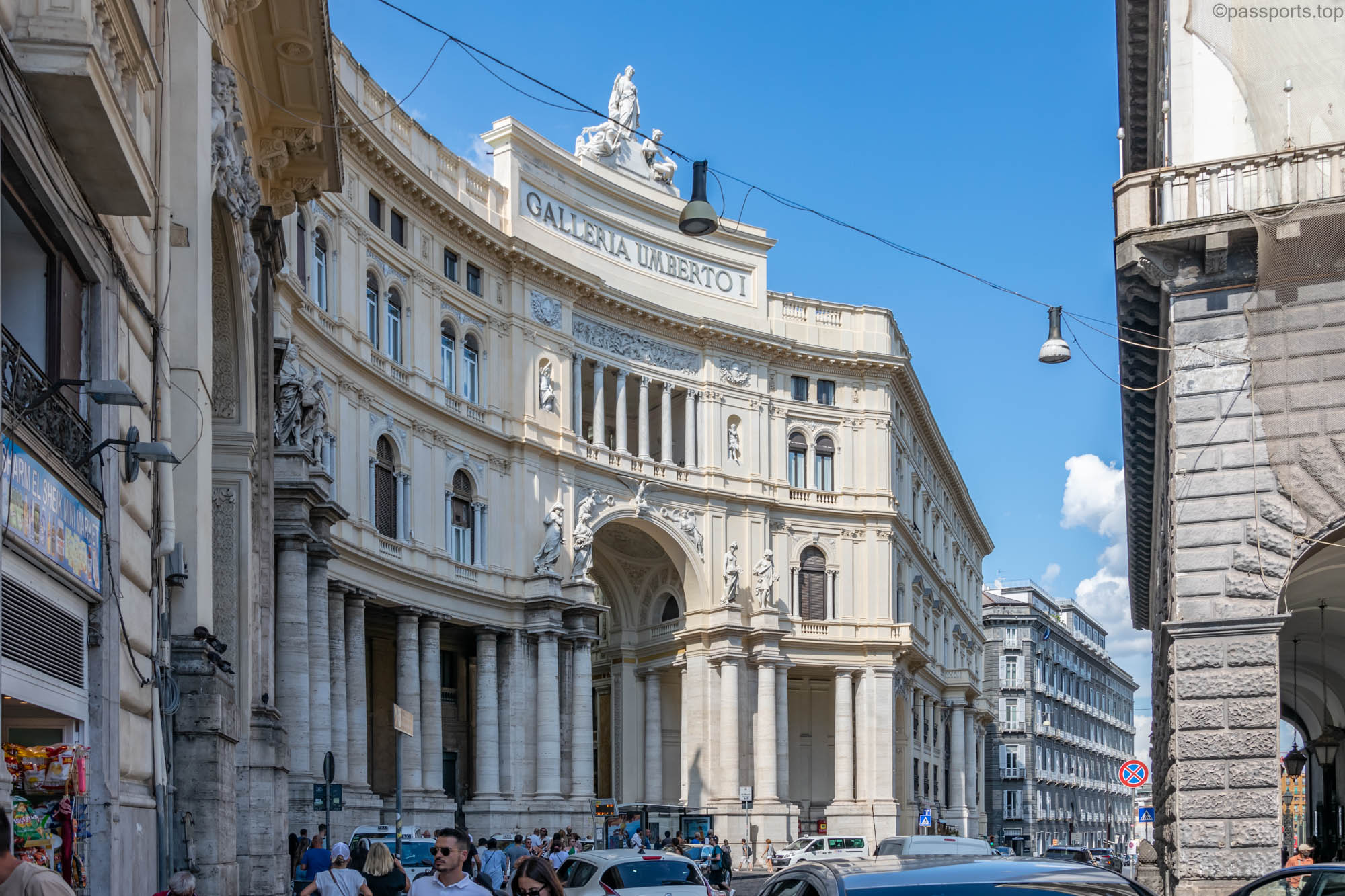
1. Galleria Umberto I is similar to Galleria Vittorio Emanuele in Milan. It was built between 1887–1890 and was named after Umberto I, the king of Italy at the time of construction.
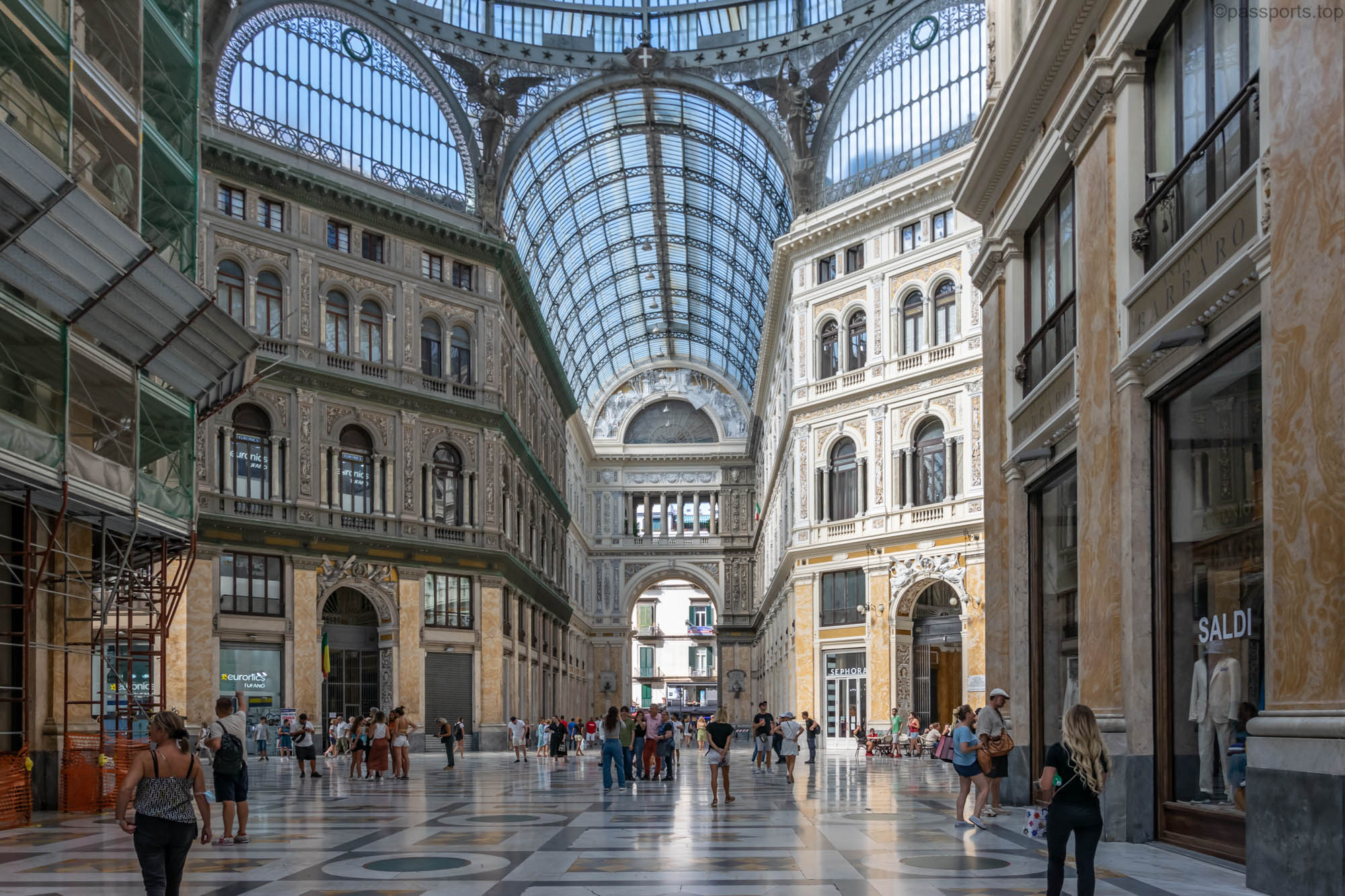
The ground floor houses a number of shops, cafes and restaurants, while the upper floors are dedicated to business offices.
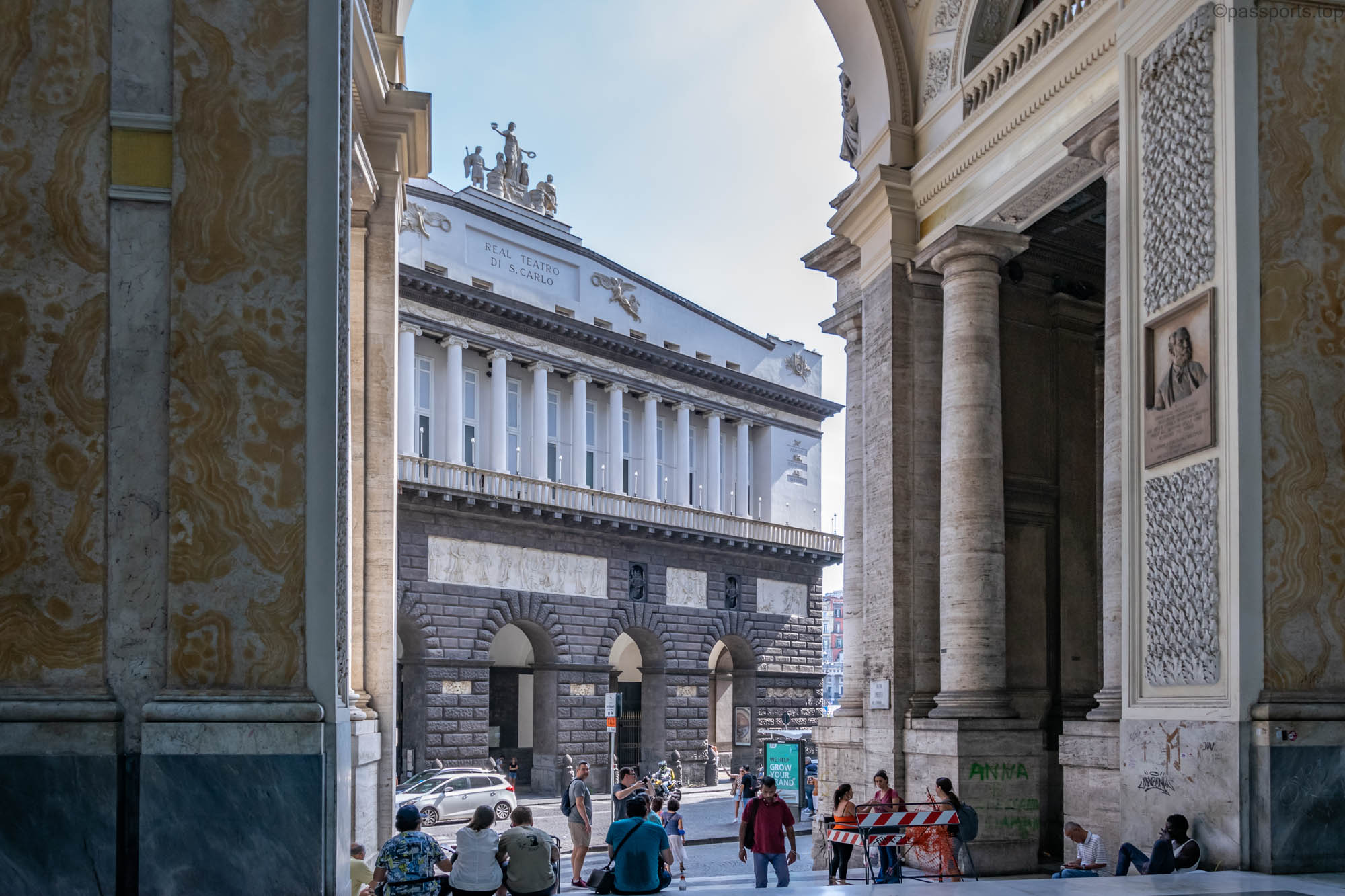
2. Across the street from Galleria Umberto I is the Teatro di San Carlo, the opera house of Naples. Founded in 1737, San Carlo is the world’s oldest opera house still in operation and was the model for other opera houses around the world, including La Fenice in Venice.

Great composers such as Giuseppe Verdi or Giacomo Puccini were associated with the Teatro San Carlo and contributed to its transformation into one of the most important opera houses in Europe.
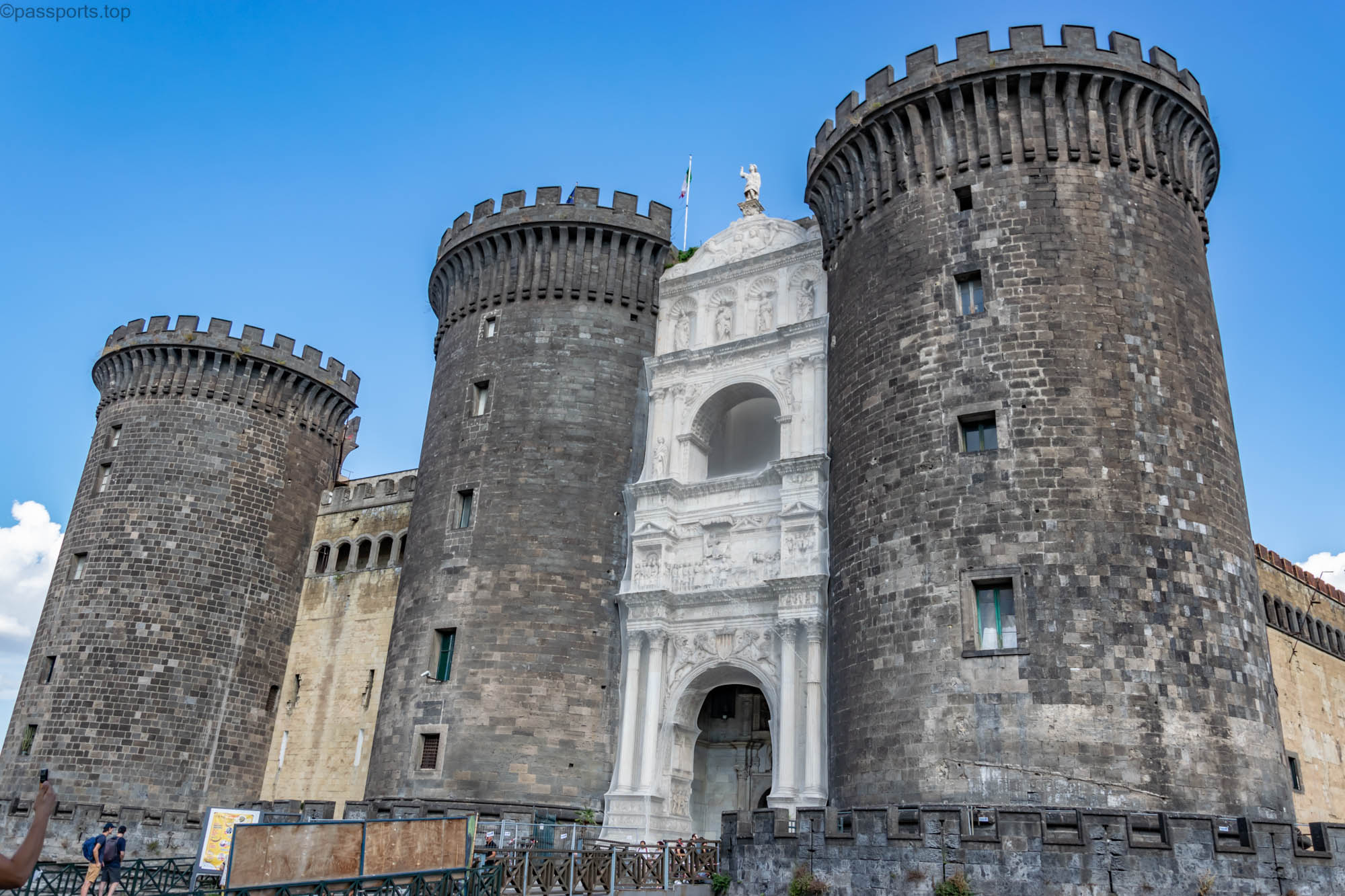
3. Castel Nuovo is an imposing medieval fortress with a Renaissance-style entrance gate. Castel Nuovo is one of the first sights that people who arrive on cruise ships see, being positioned next to the port. The castle is easily accessible and is one of the main historical sites in Naples. The castle was built in 1282 and today houses the city’s Municipal Museum. The entrance ticket costs €6/person.
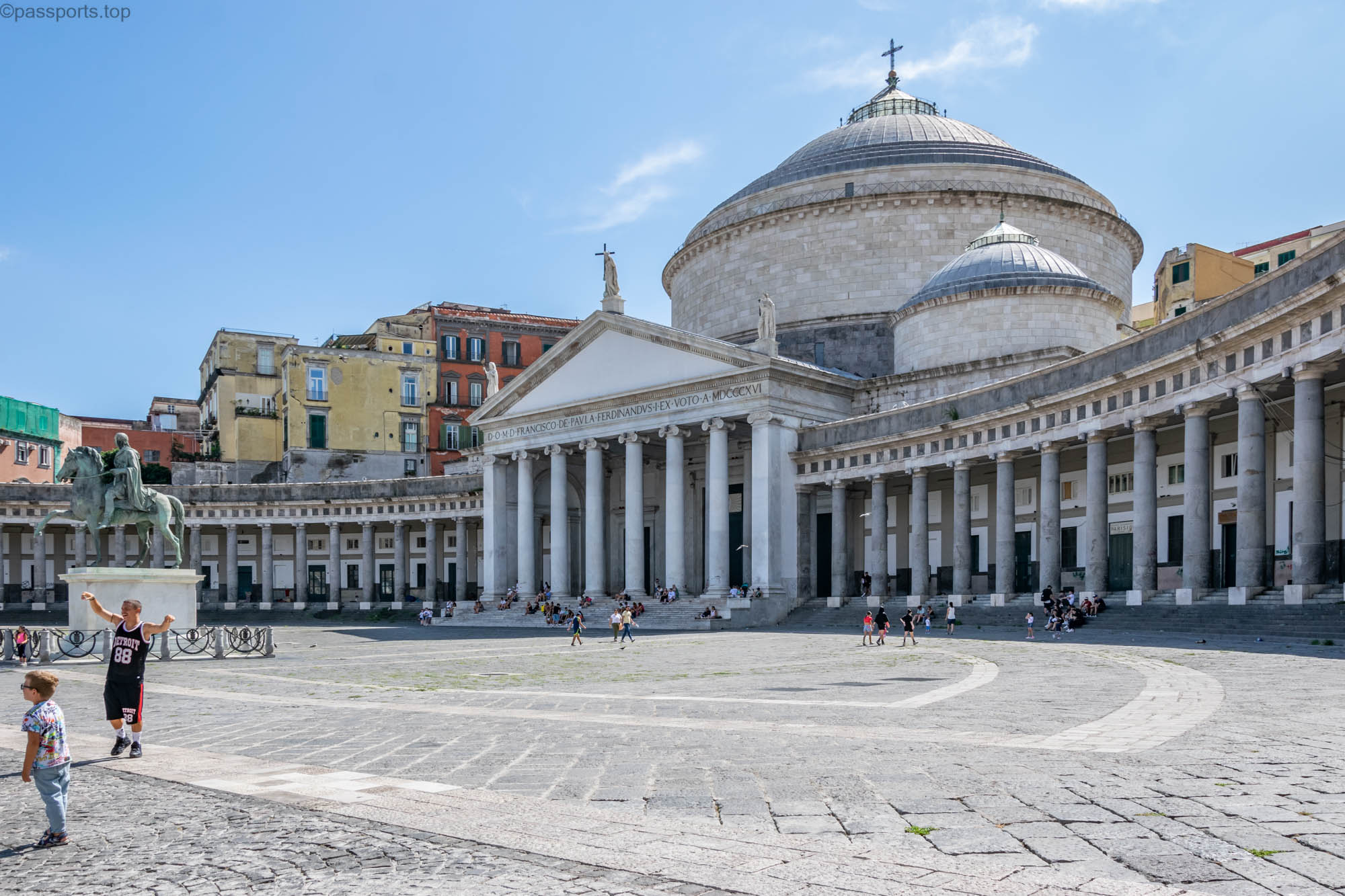
4. Piazza del Plebiscito is near the port of Naples. Here, in 1860, the plebiscite (referendum) was held in which the unification of the city of Naples with the Kingdom of Italy was decided , hence the name Plebiscito. It is the main square of Naples and houses the Royal Palace, Palazzo Salerno, the Prefecture Palace and a statue dedicated to Charles III of Spain .
5. Also in Piazza del Plebiscito is the Basilica of San Francesco di Paola It is an imposing church, built in neoclassical style, reminiscent of the Pantheon in Rome. The entry is free.
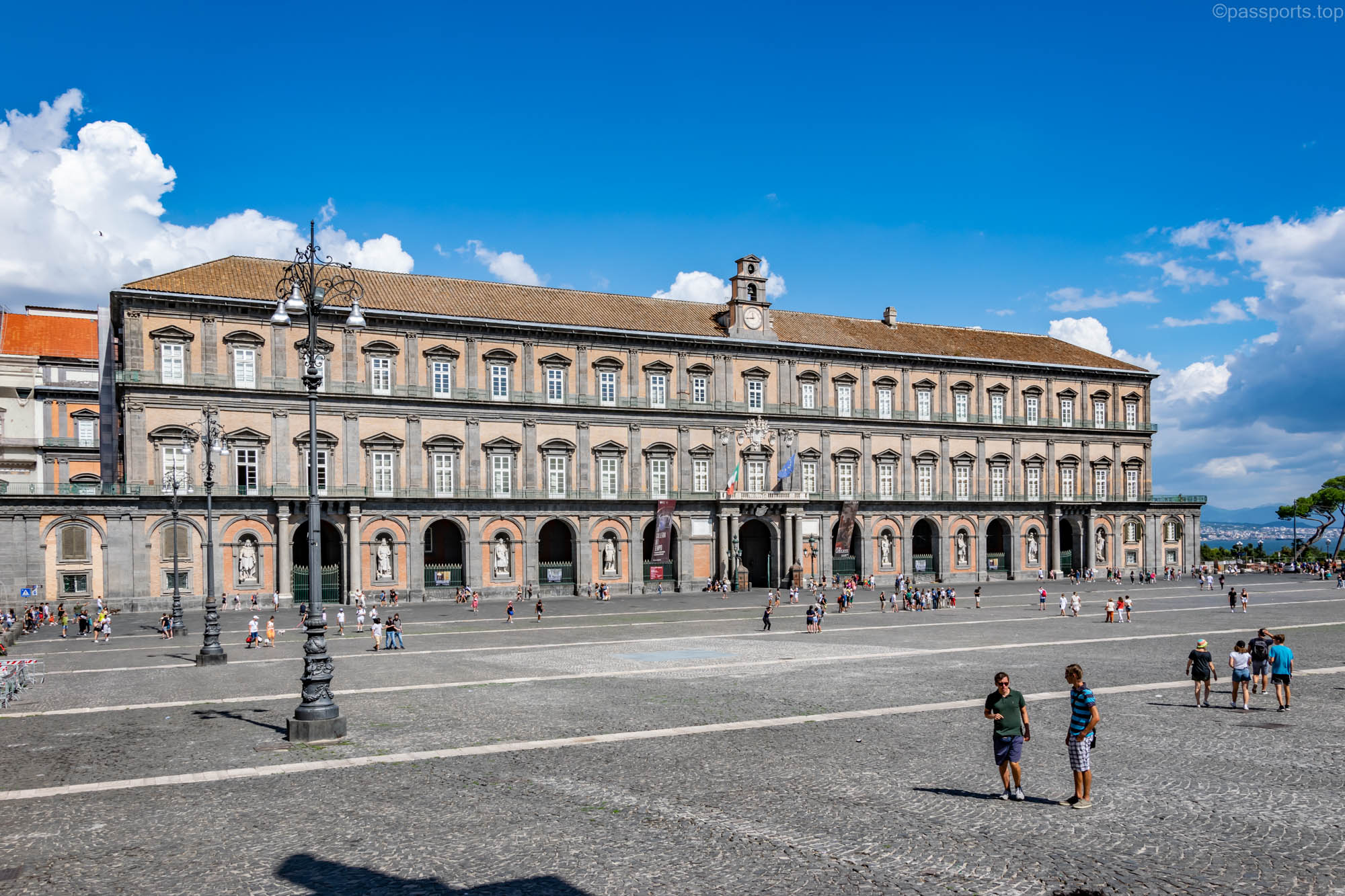
6. Opposite Piazza del Plebiscito is the Royal Palace (Palazzo Reale di Napoli). It was built in the 17th century and served as a royal residence over the years.
At the base of the palace are statues of the kings of Naples. The interior houses well-preserved royal apartments filled with ornate decorations. The price of a ticket is 10€/person.
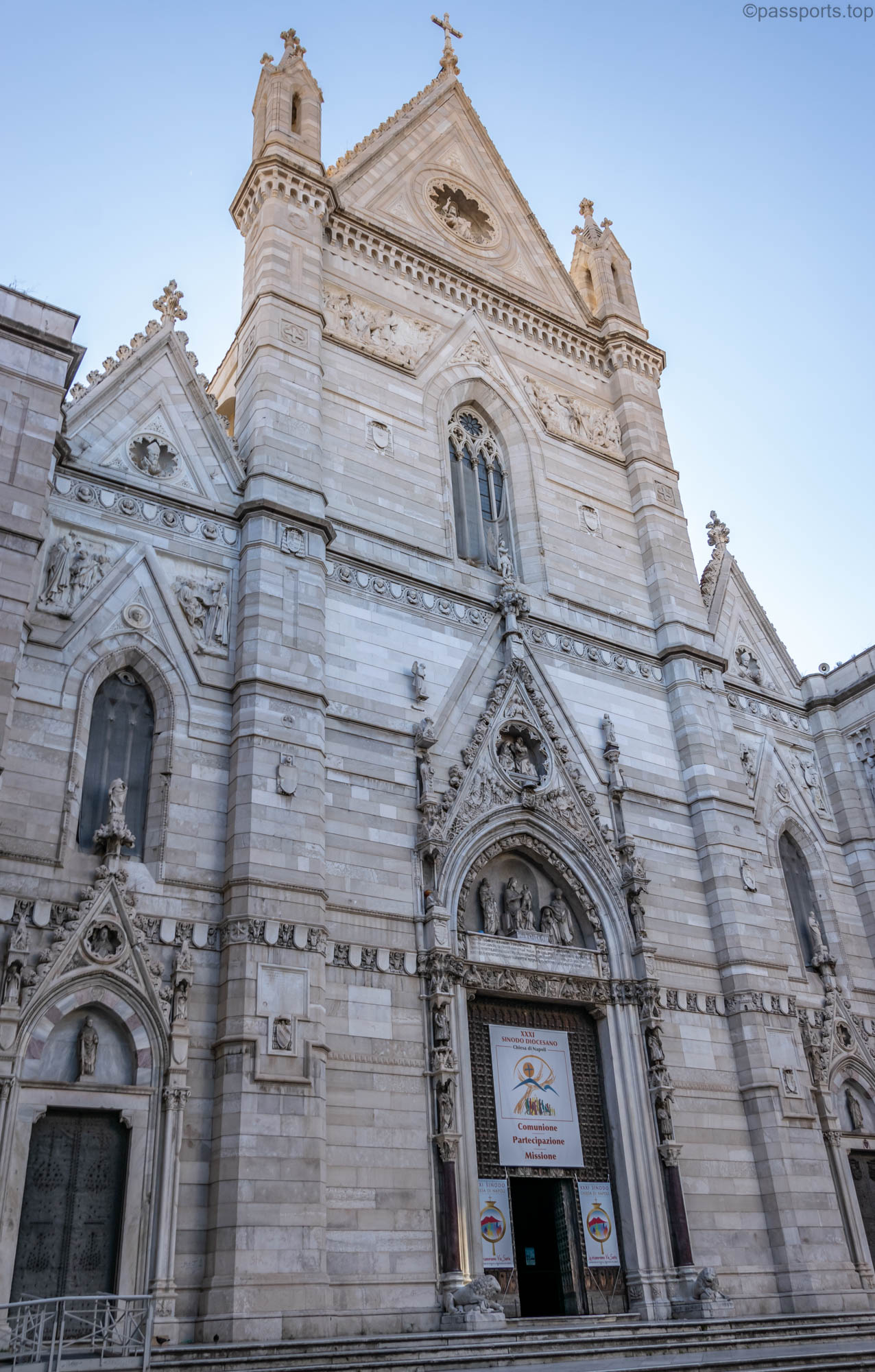
7. Dating back to the 13th century, the Duomo di Napoli is a magnificent structure and the main church in Naples. The cathedral combines a multitude of styles, including Gothic, Renaissance and Baroque. It was built between 1299 and 1314 and houses an important cultural and historical heritage.
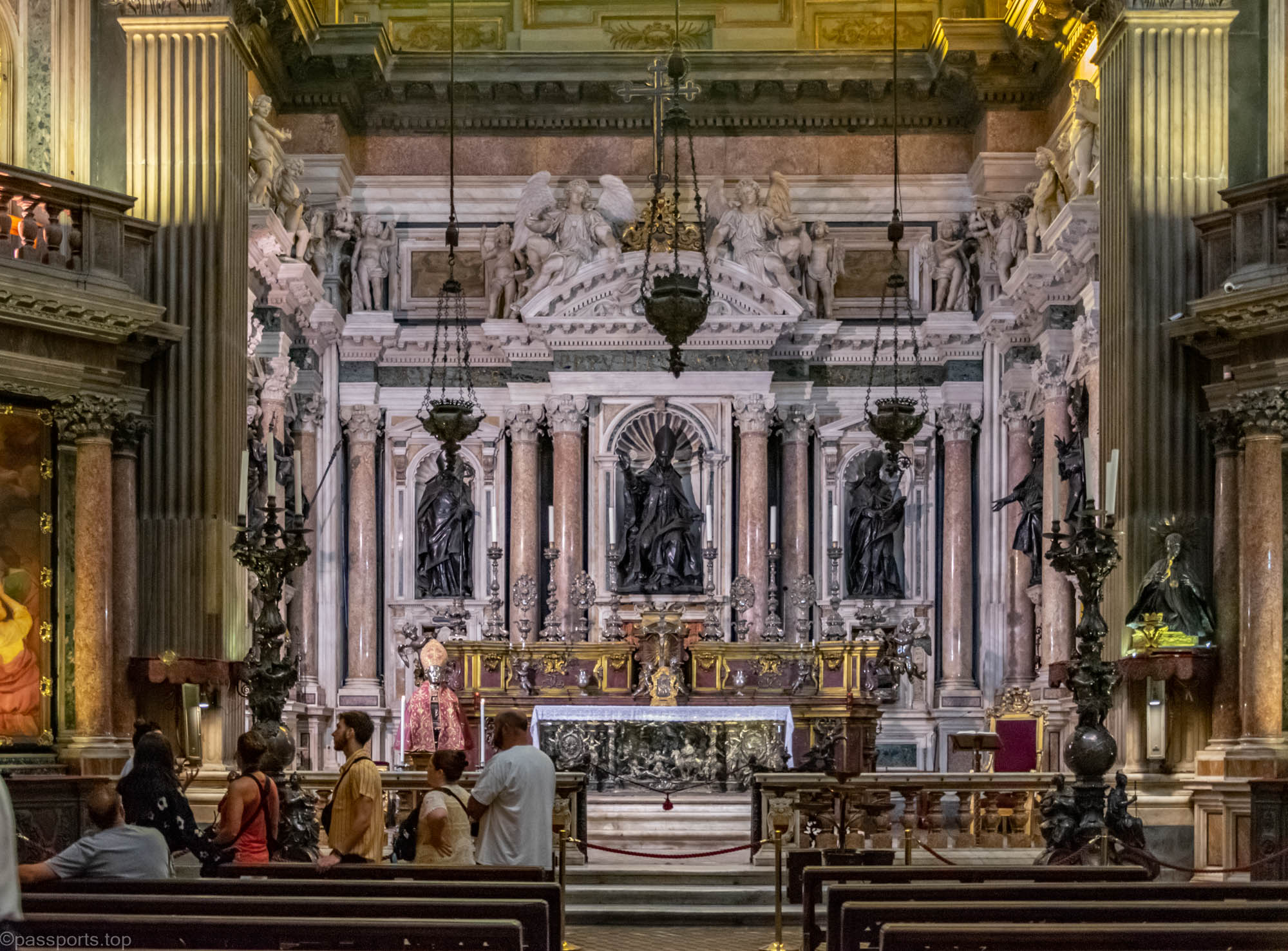
The interior is grand, adorned with detailed frescoes, grand altars, sculptures and canvases by famous Italian artists.
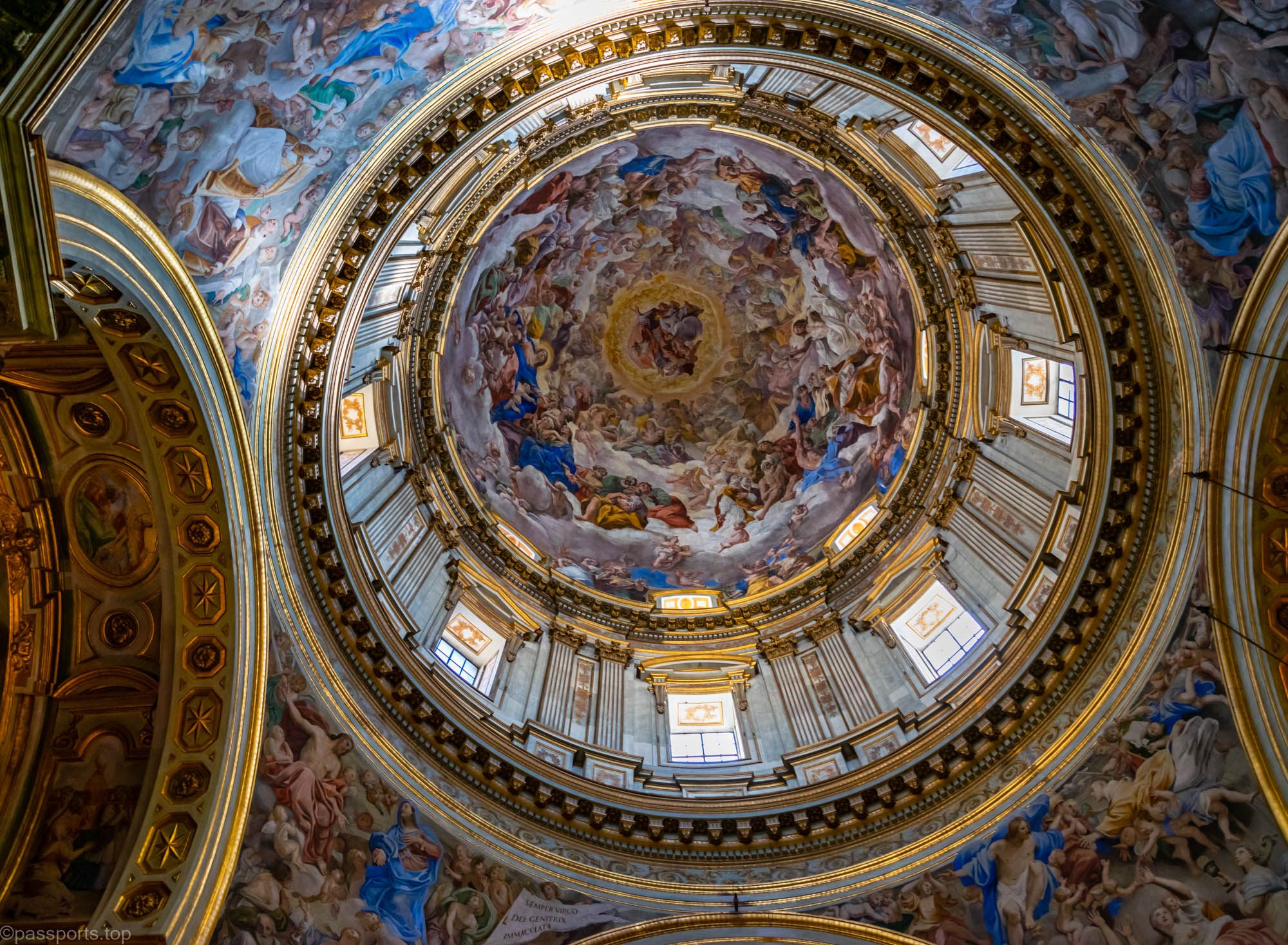
The dome is dedicated to San Gennaro, the protector of the city, and houses a vial of the Saint’s blood. Blood is said to turn from solid to liquid during certain festivities.
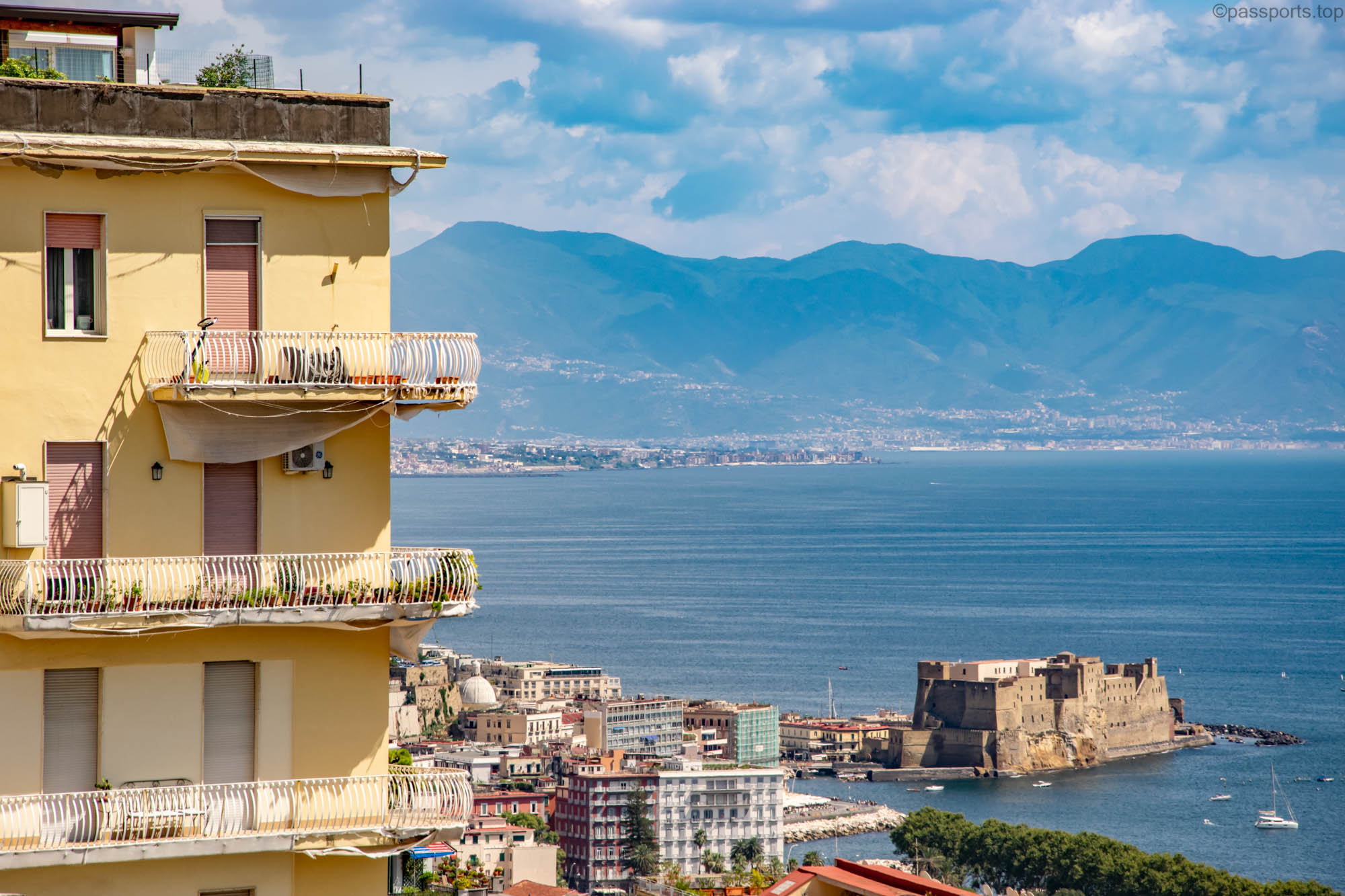
8. Castel Dell’Ovo was built by the Normans and is the oldest castle in Naples, dating back to the 12th century. The castle served to defend the city, as a prison and as a royal residence throughout its history. Castel Dell’Ovo translates as Castle of the Egg. According to legend, a Roman poet hid a magic egg in the foundations of the fortress, promising that if the egg was broken, the city would suffer great catastrophes.
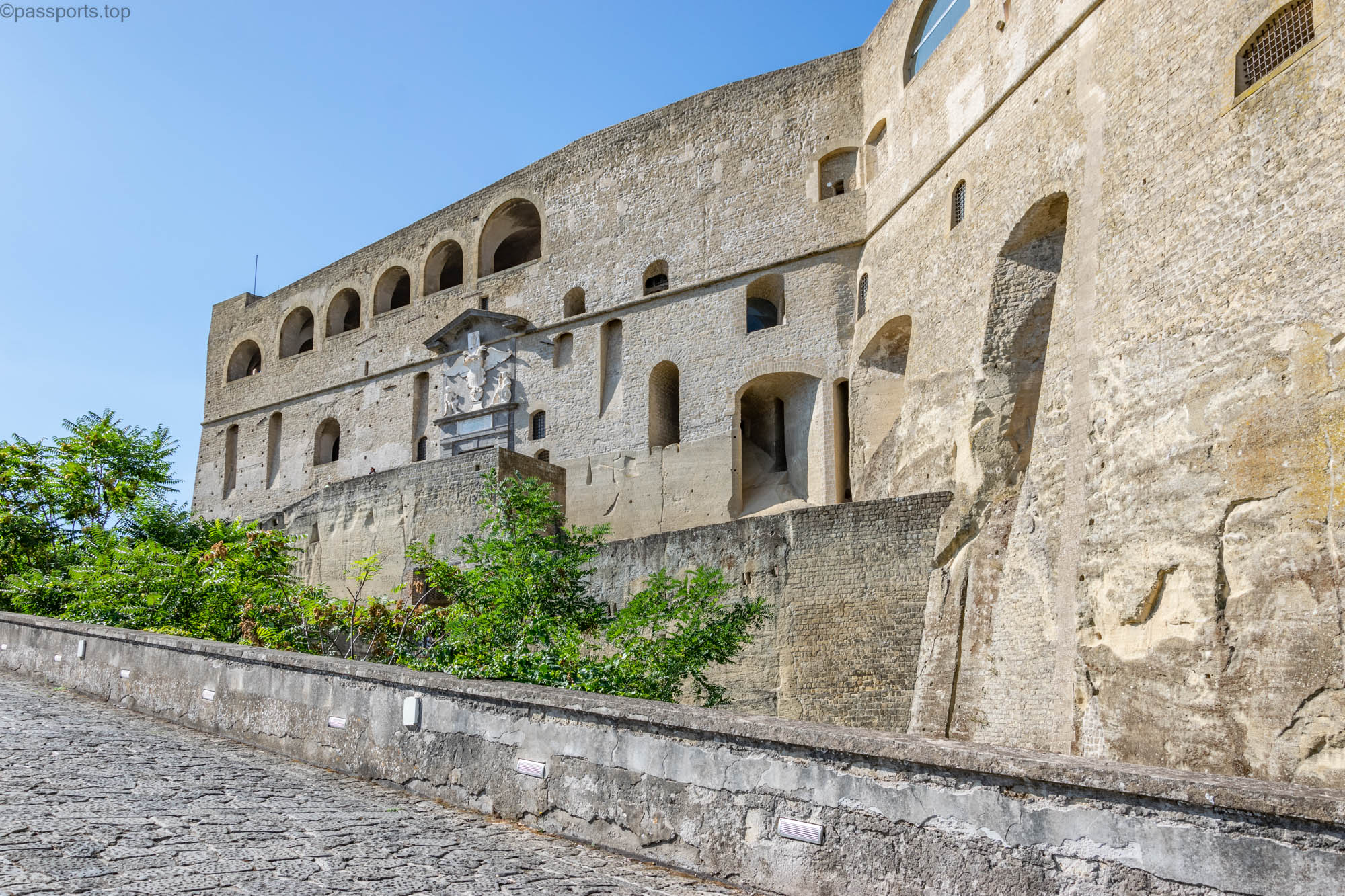
9. Castel Sant’Elmo is a medieval fortress that offers the best views of the city and the Vesuvius volcano. You can reach the fortress by funicular or on foot.
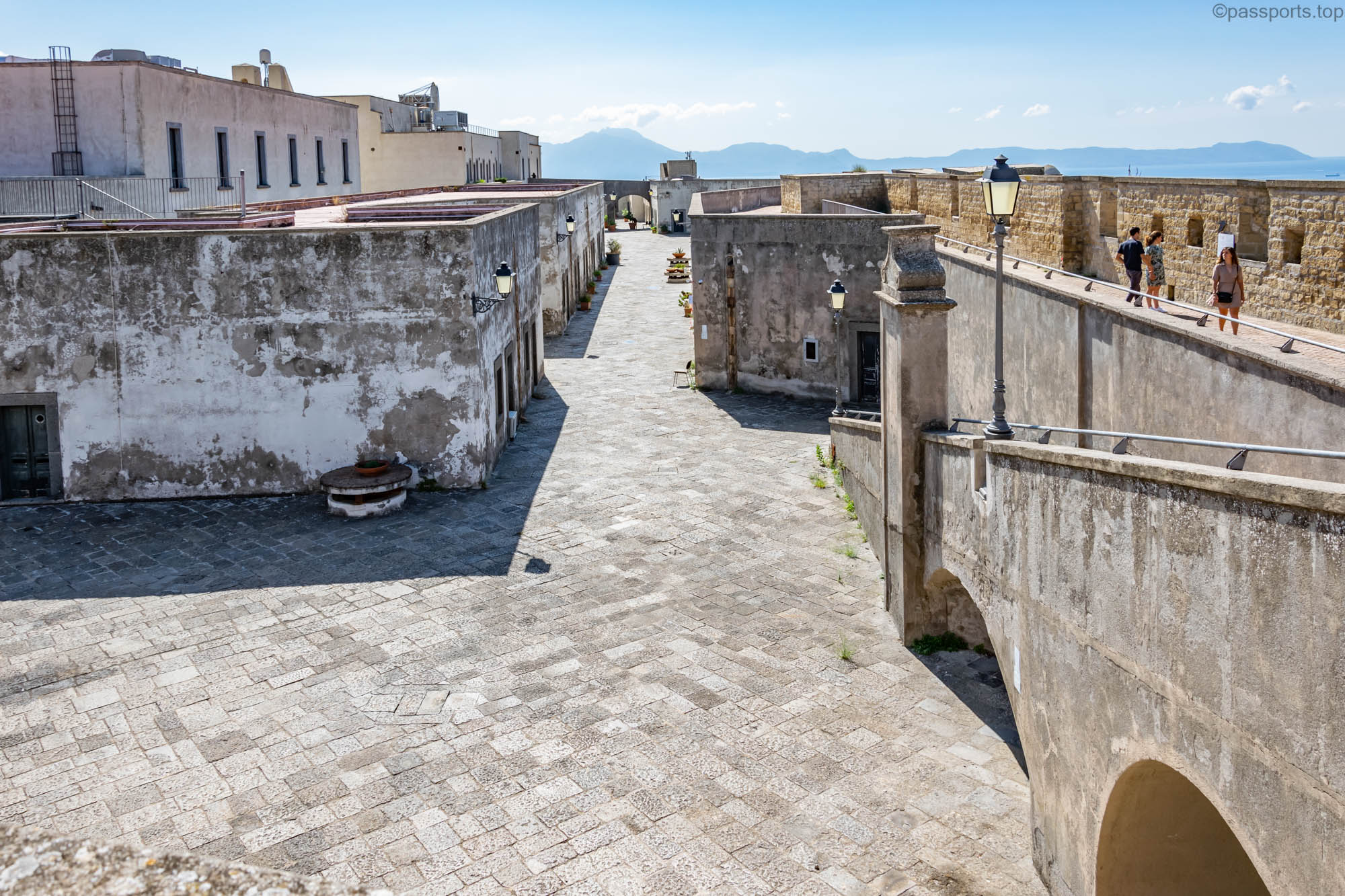
Sant’Elmo Castle is one of the most significant examples of military architecture from the 16th century. Today it houses various cultural and scientific institutions, including the Art History Library (Biblioteca di Storia dell’Arte).
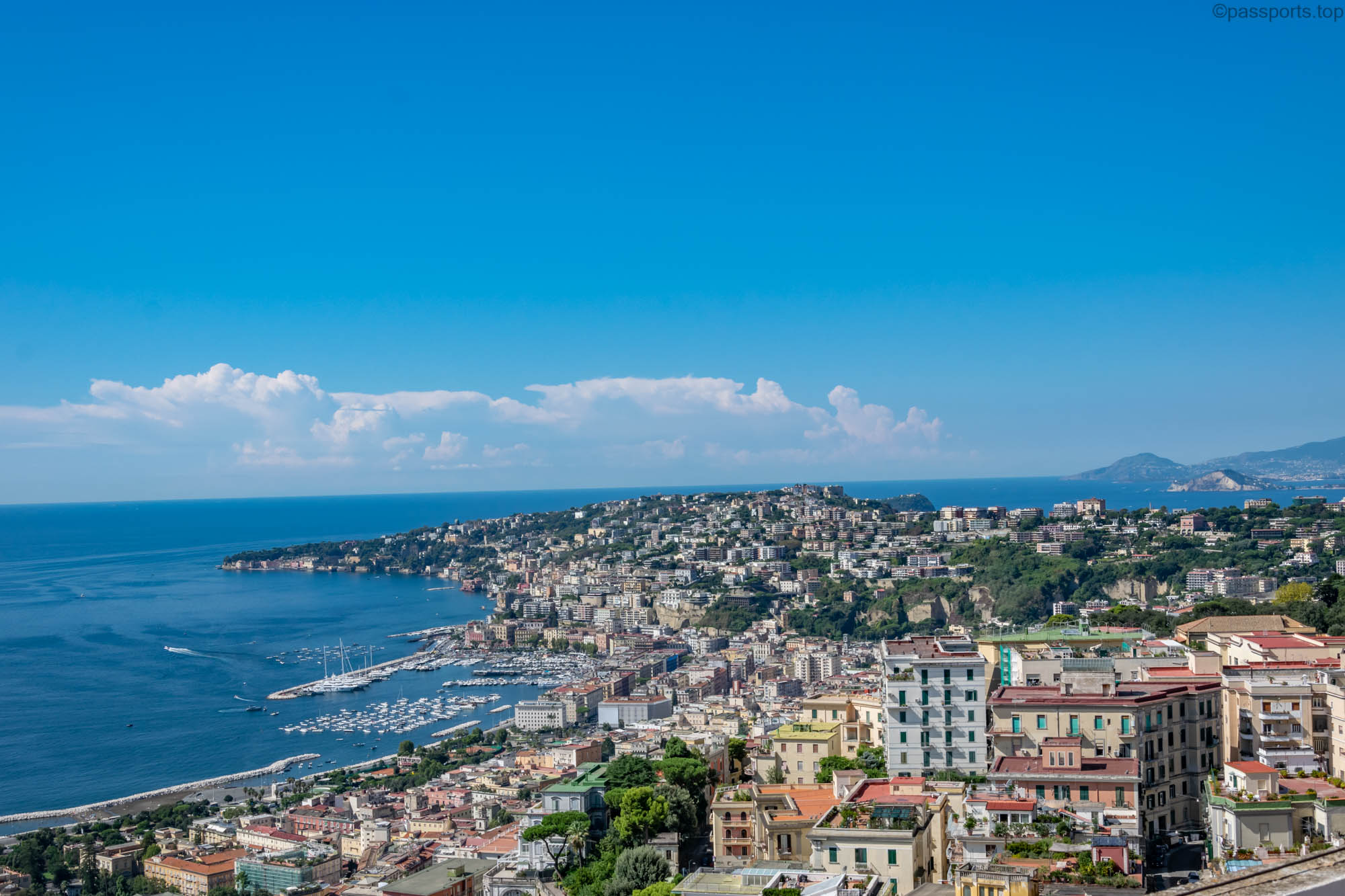
The ticket costs €5/person (Wednesday-Monday, until 4pm) and €2.50/person (Tuesday and Wednesday-Monday, after 4pm).
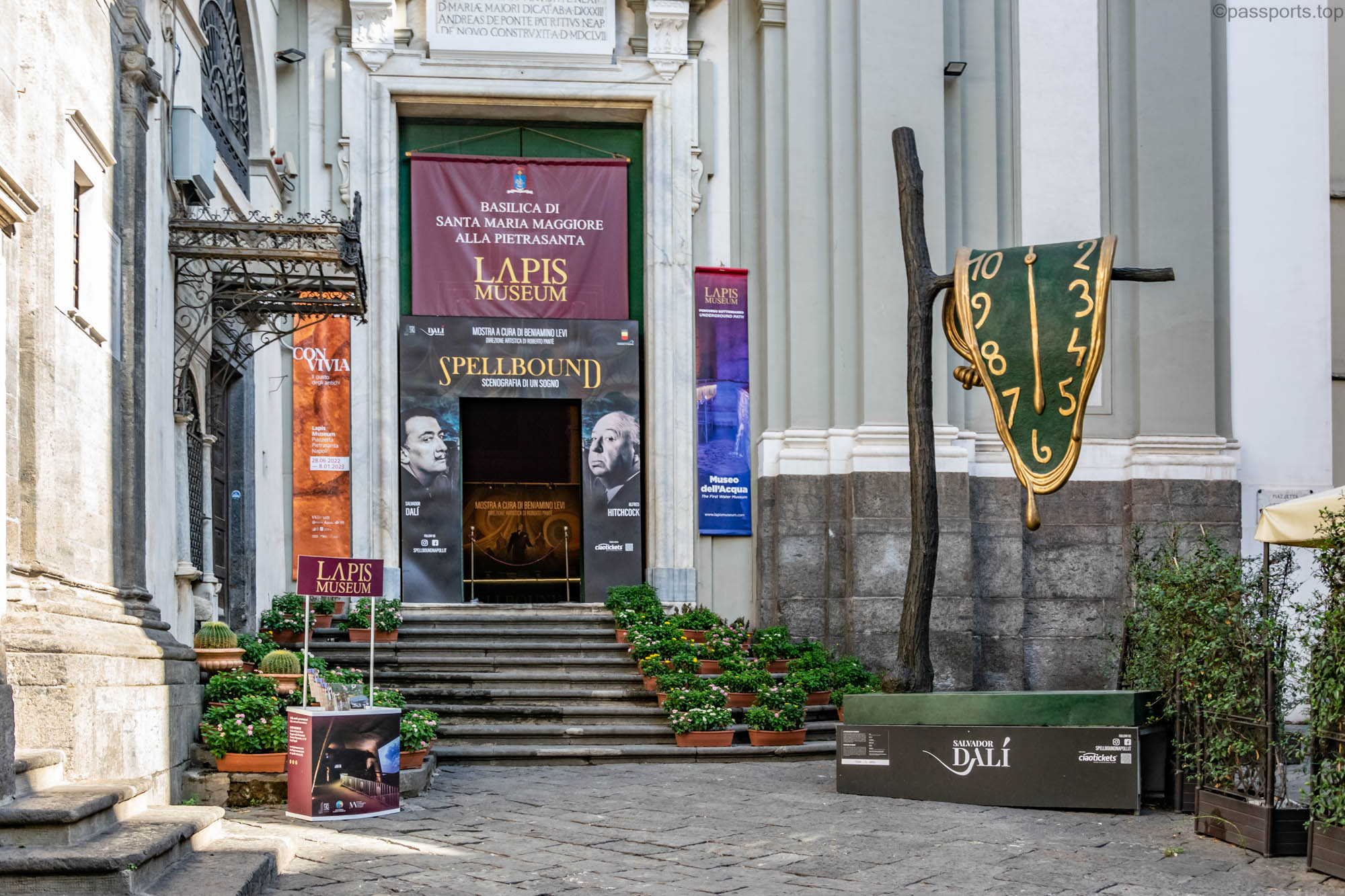
10. The Water Museum is about 35 meters underground. The long tunnels dug by the Greeks were first used to bring water to the city, then they were used as a shelter during World War II. The entire route is approximately 1 km long, and the price of a ticket is €10/person.
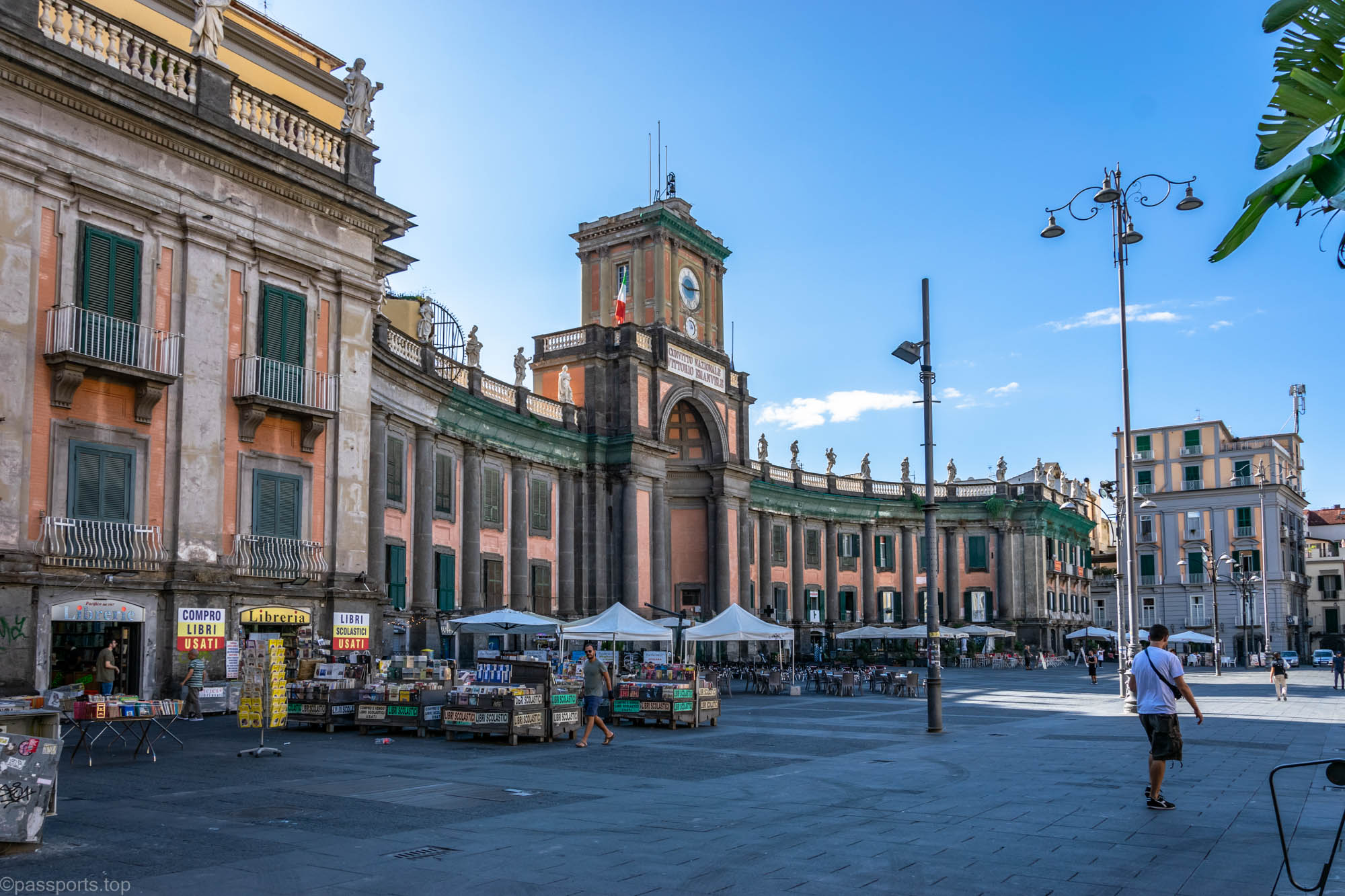
11. Piazza Dante is one of the most important squares in Naples, being located in the historic center of the city. The square is dominated by the enormous facade of the Convitto Nazionale, built in the 18th century.
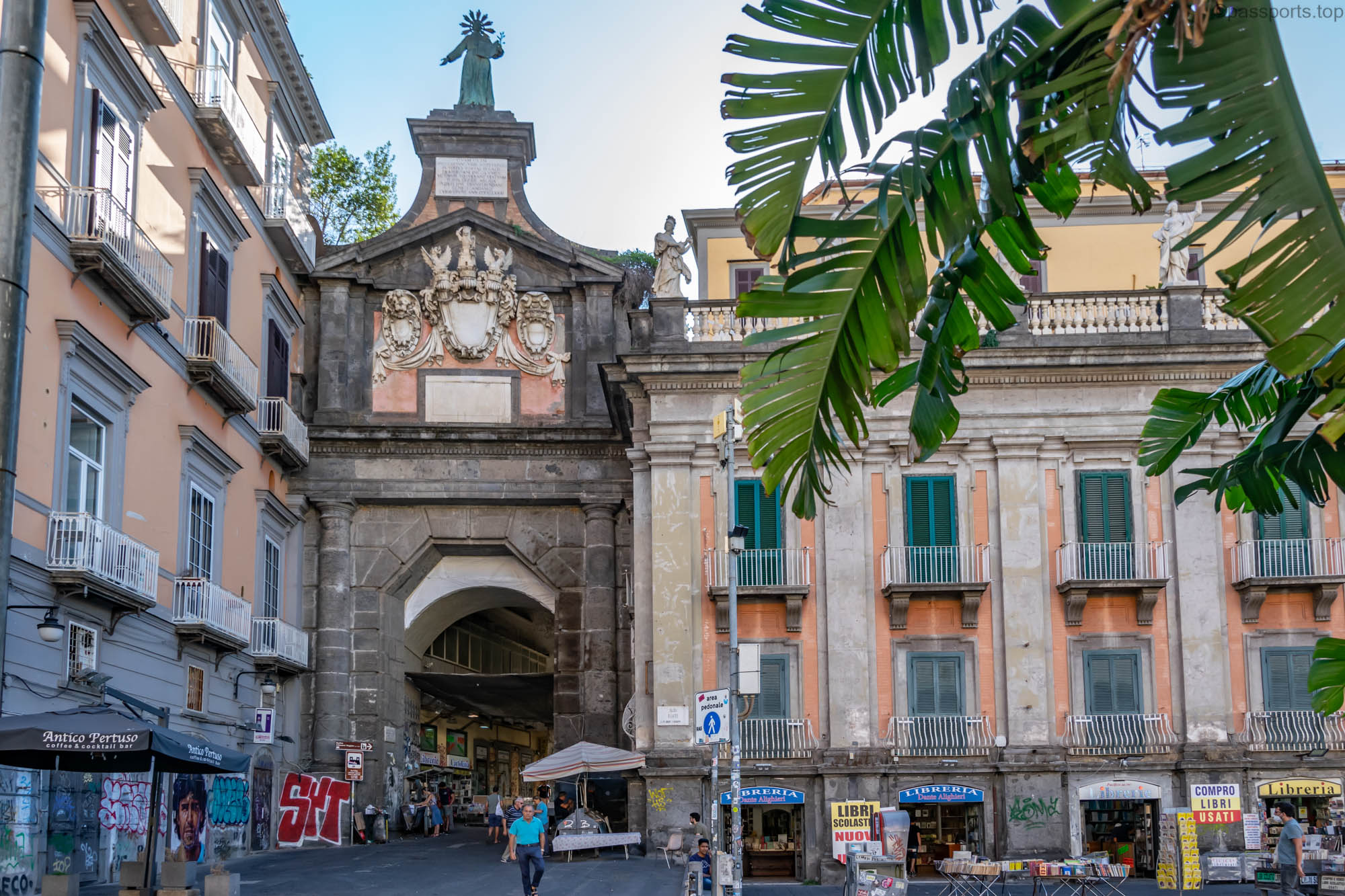
Also here is Port’Alba – the old city gate, considered one of the most beautiful 17th century gates in Europe.
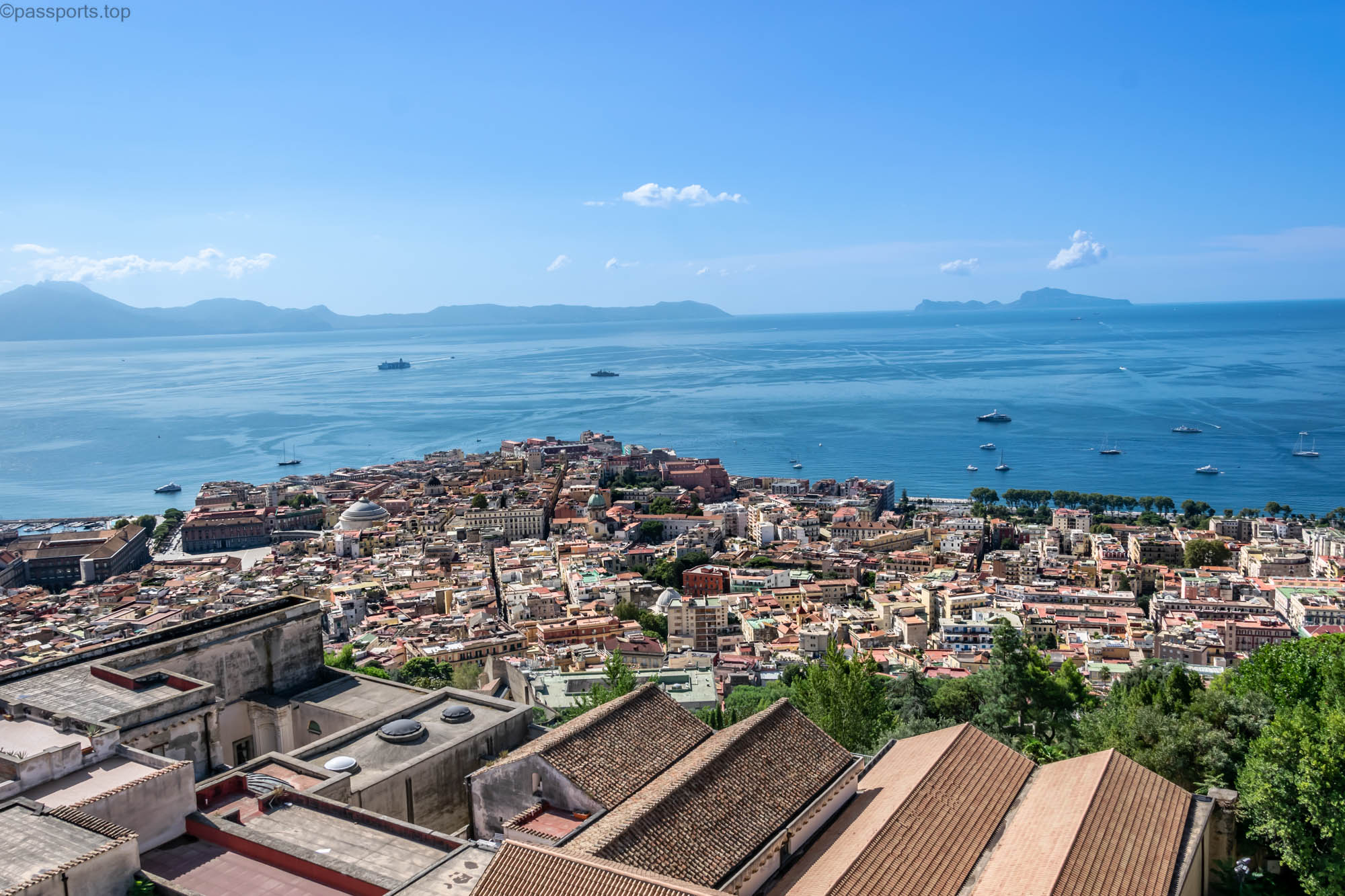
If you have more time, I recommend taking a boat trip to the nearby islands: Capri, Procida or Ischia. Capri is the most famous and crowded, famous for its gorgeous scenery. Procida is famous for its thermal baths and colorful houses, and Ischia for its volcanic landscape and thermal waters. We didn’t have enough time, especially since it was raining, but we will definitely come back to visit the islands.
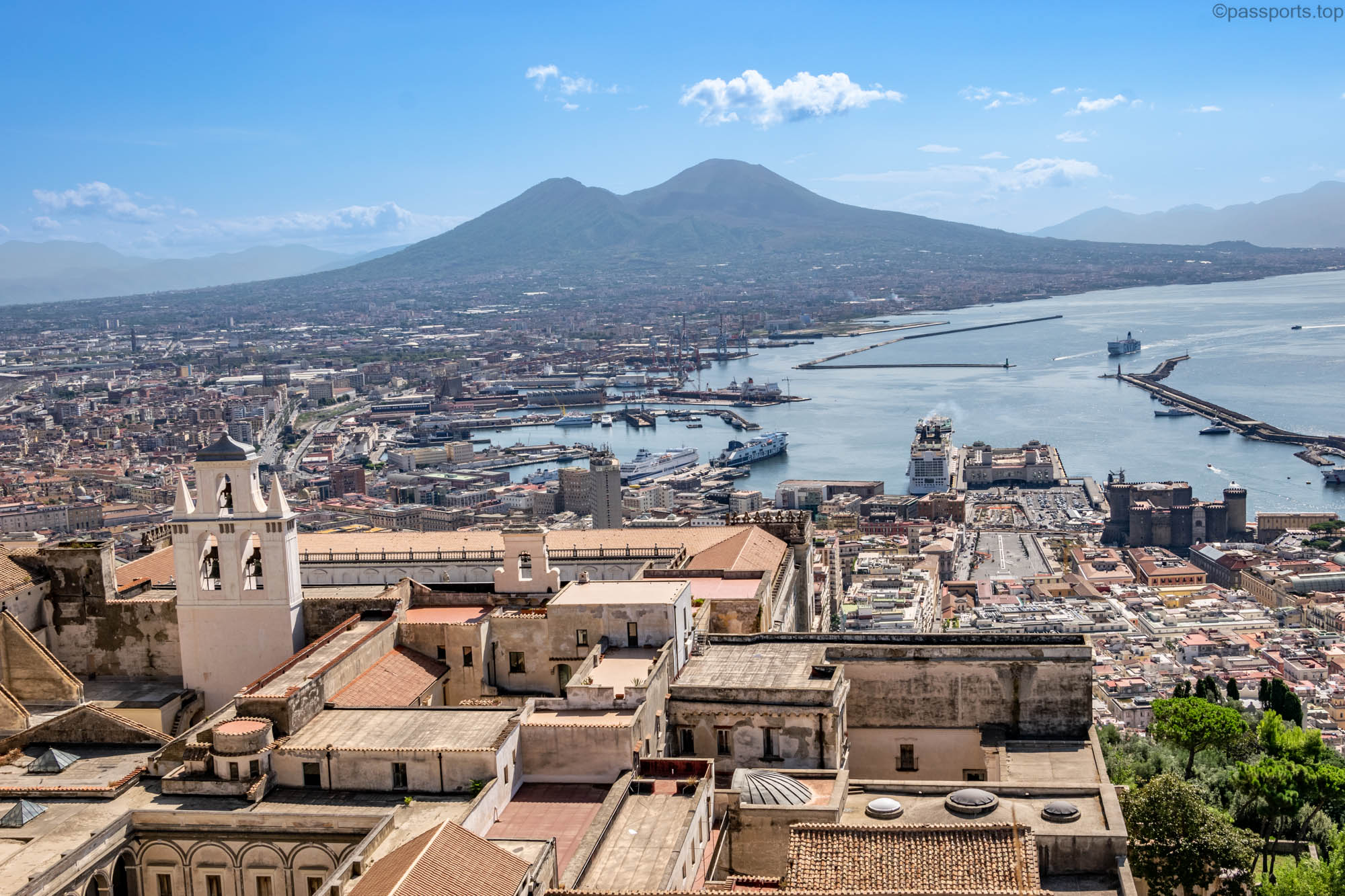
From Naples we rented a car and set off for the legendary volcano Vesuvius and the city of Herculaneum.
(Naples – August 2022)

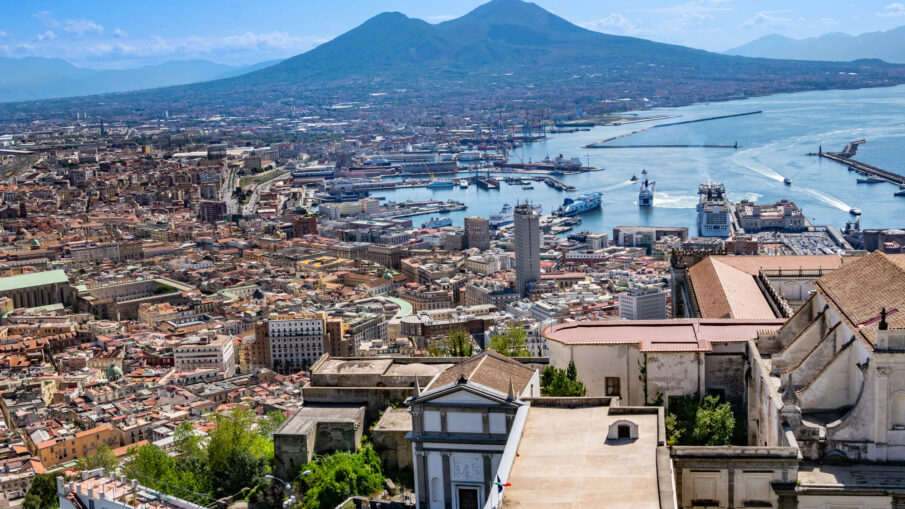
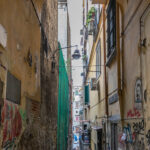
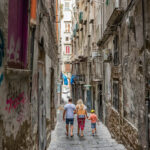
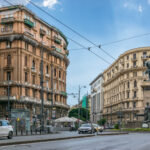
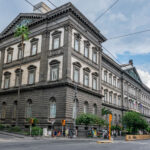
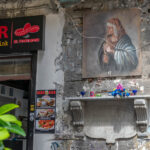
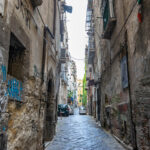
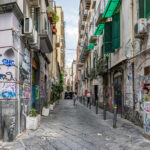
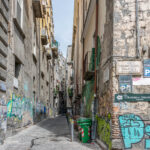
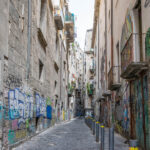
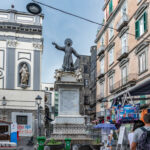
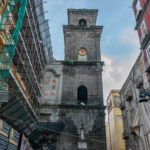
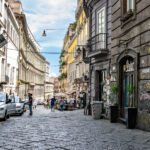
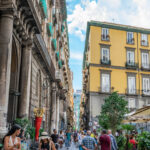
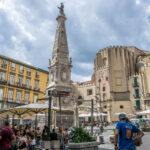
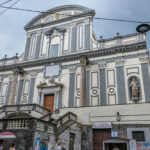
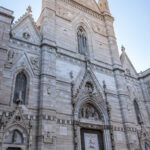
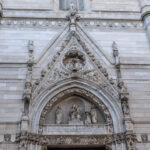
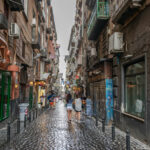
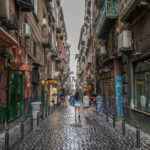
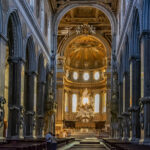
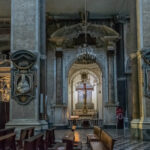
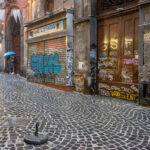
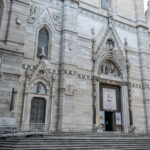
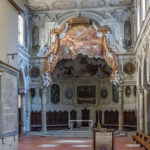
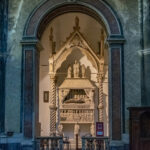
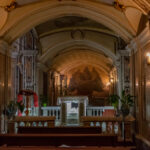
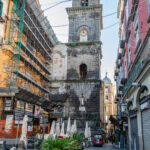
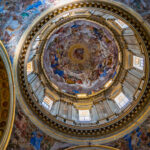
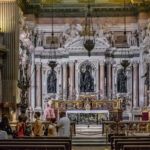
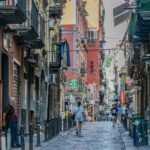
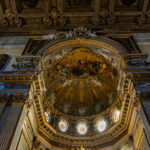
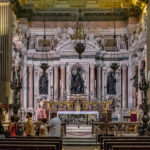
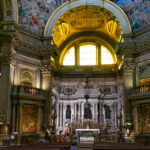
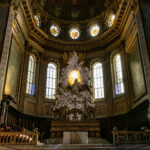
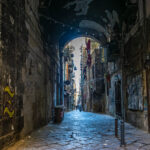
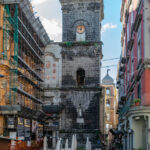
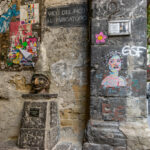
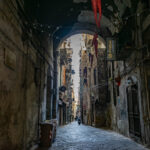
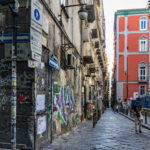
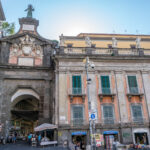
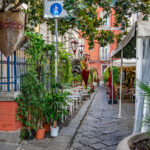
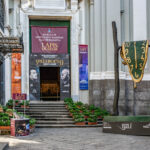
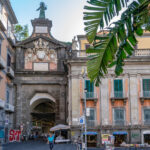
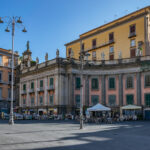
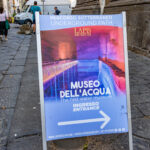
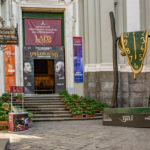
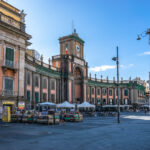
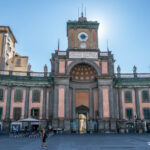
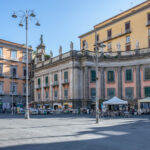
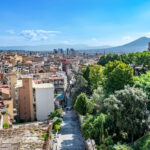
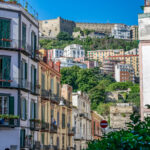
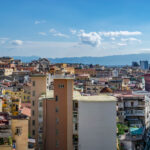
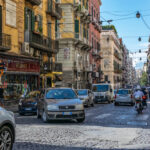
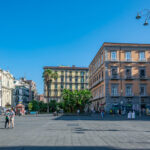
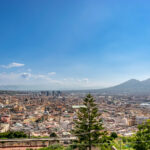
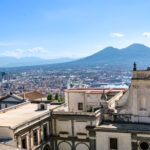
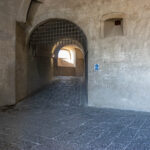
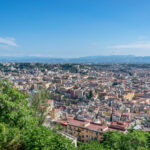
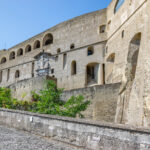
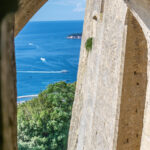
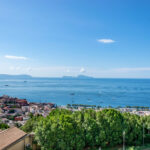
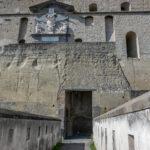
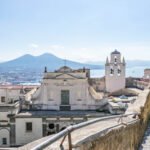
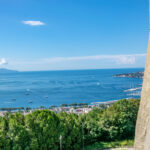
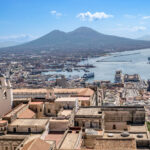
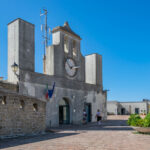
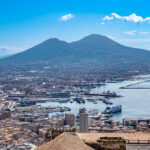
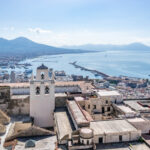
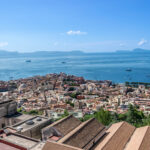
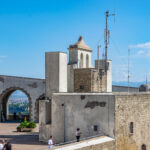
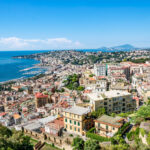
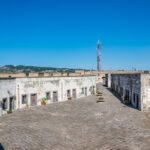
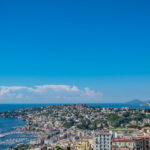
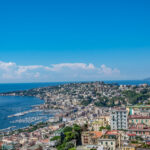
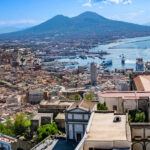
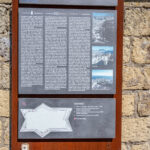
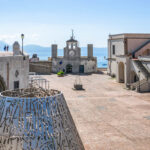
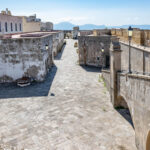
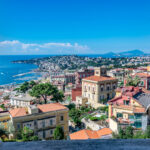
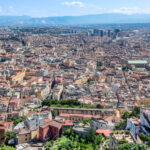
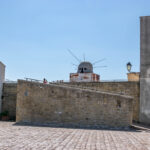
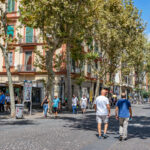
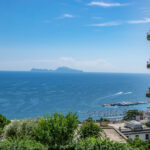
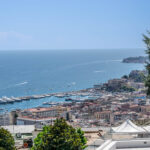
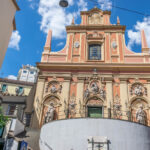
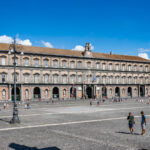
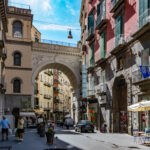
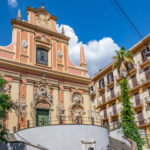
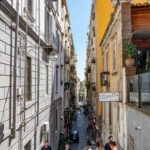
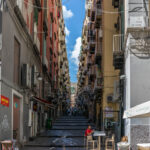
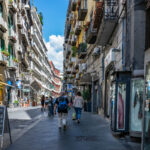
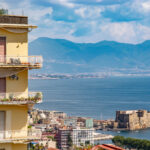
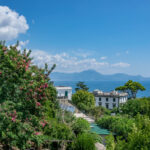
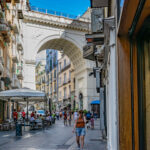
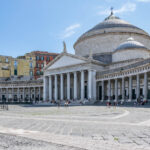
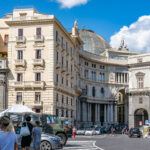
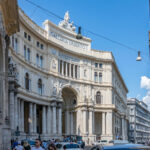
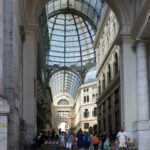
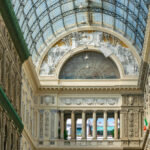
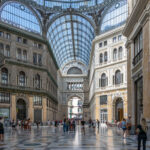
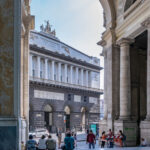
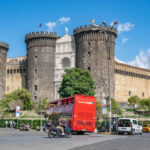
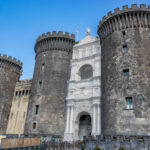
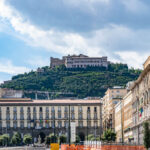
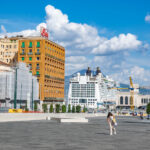

Leave a Reply